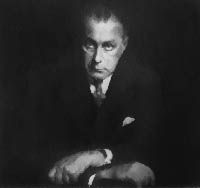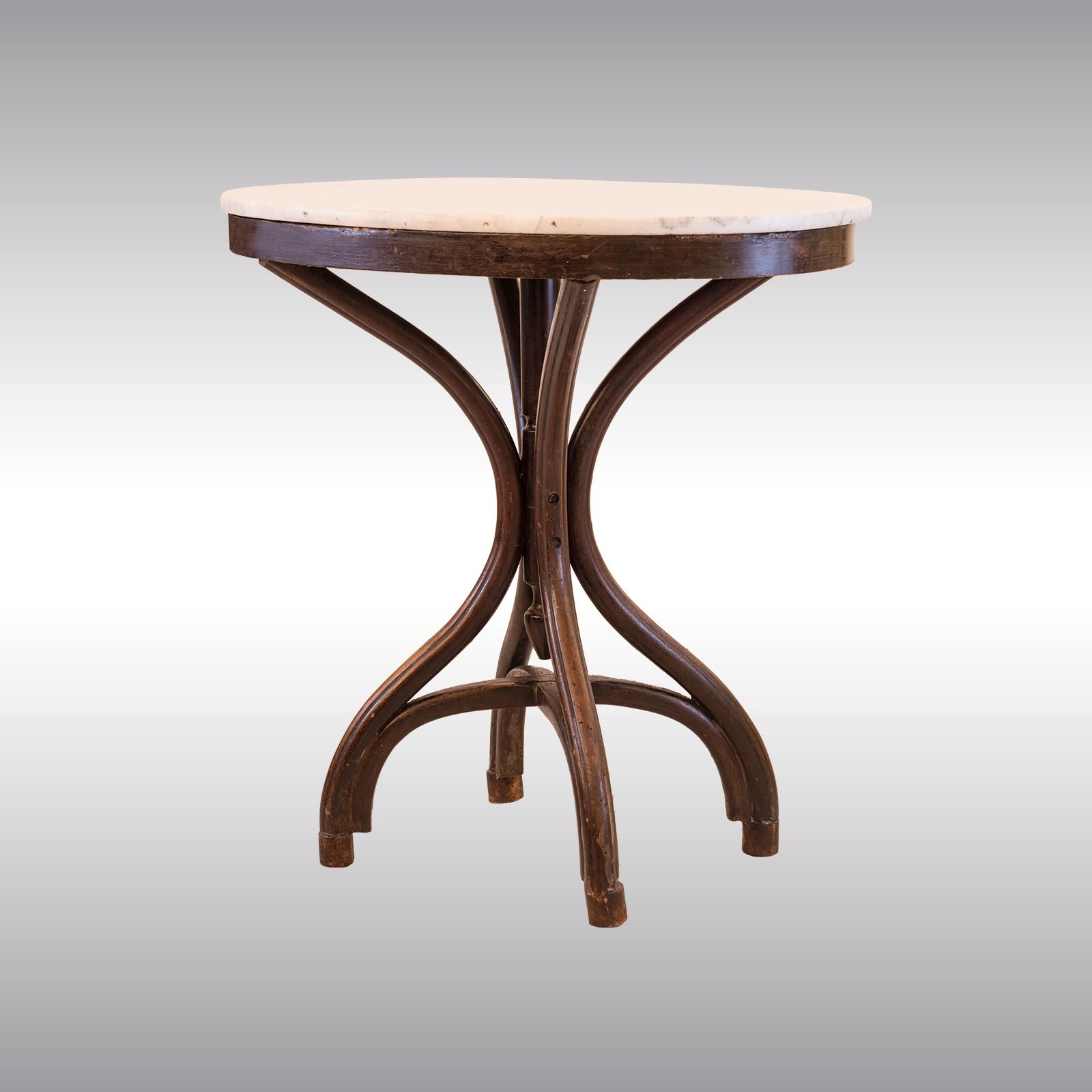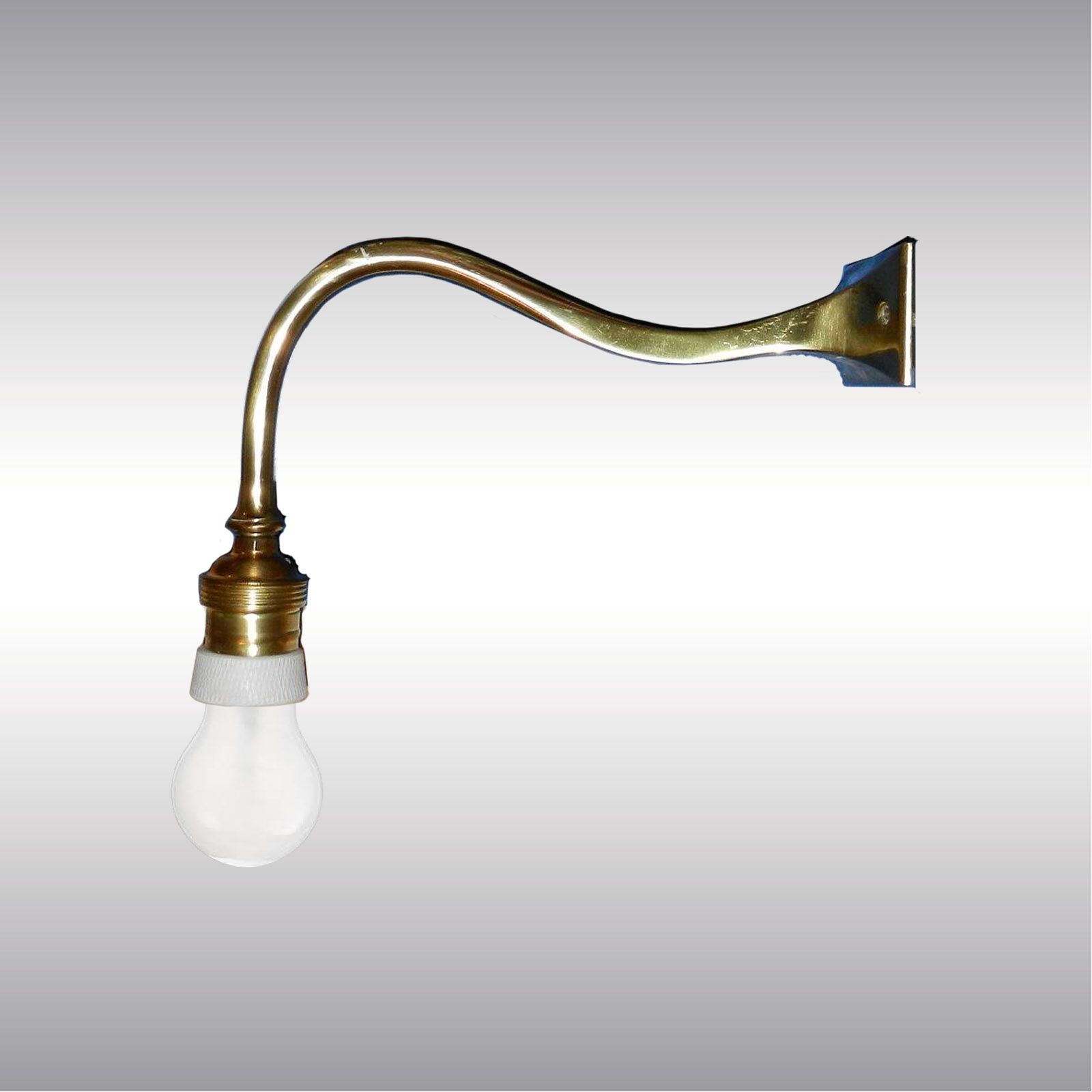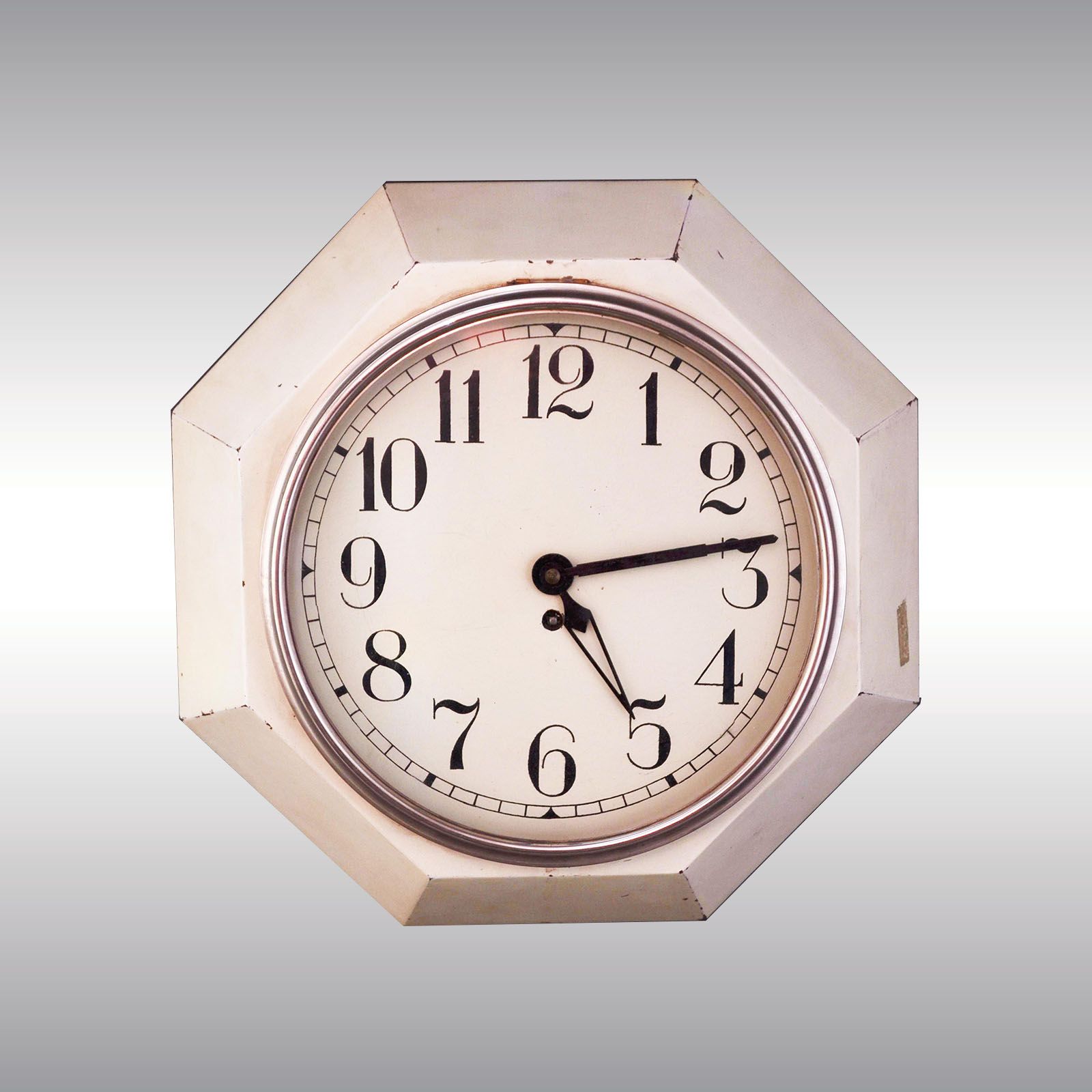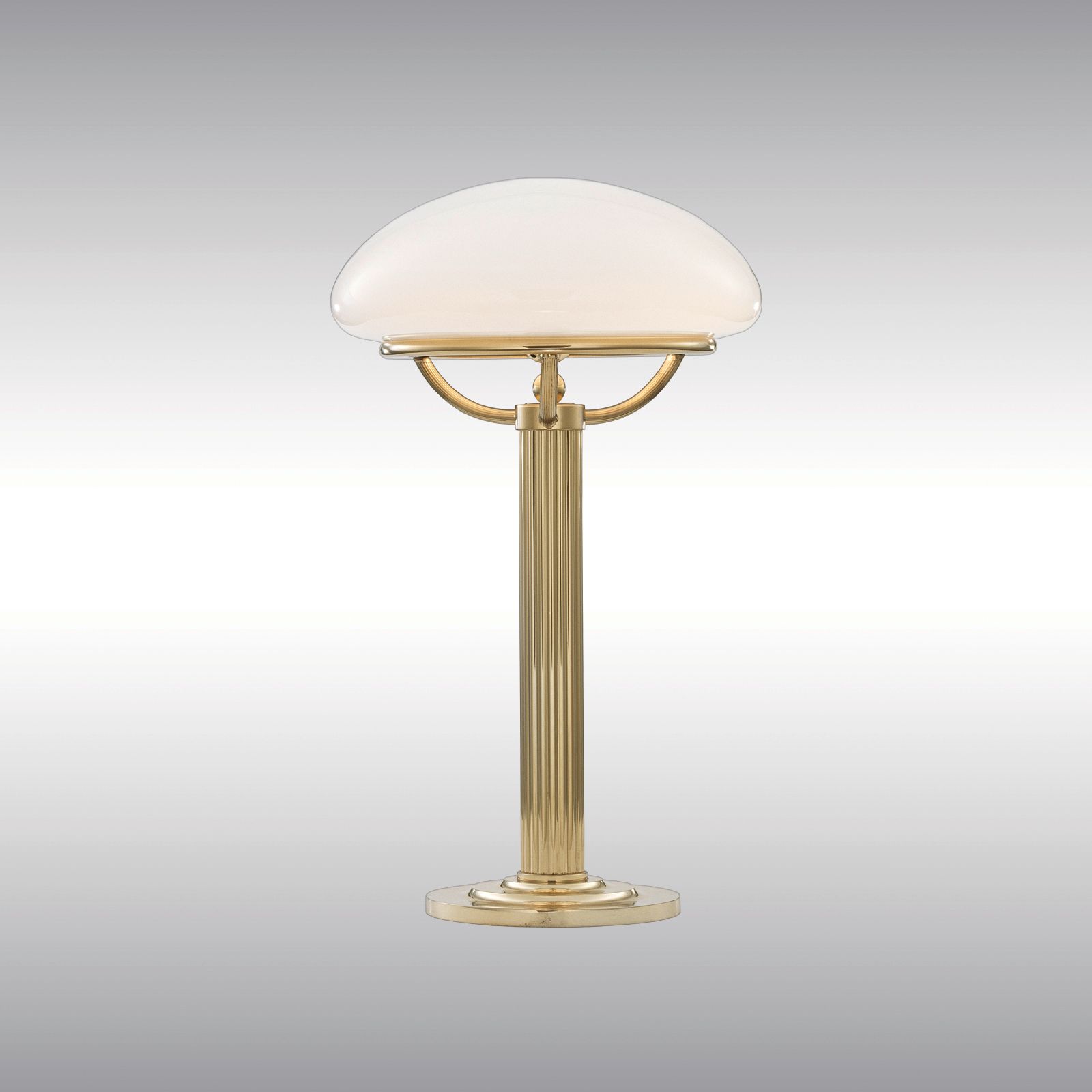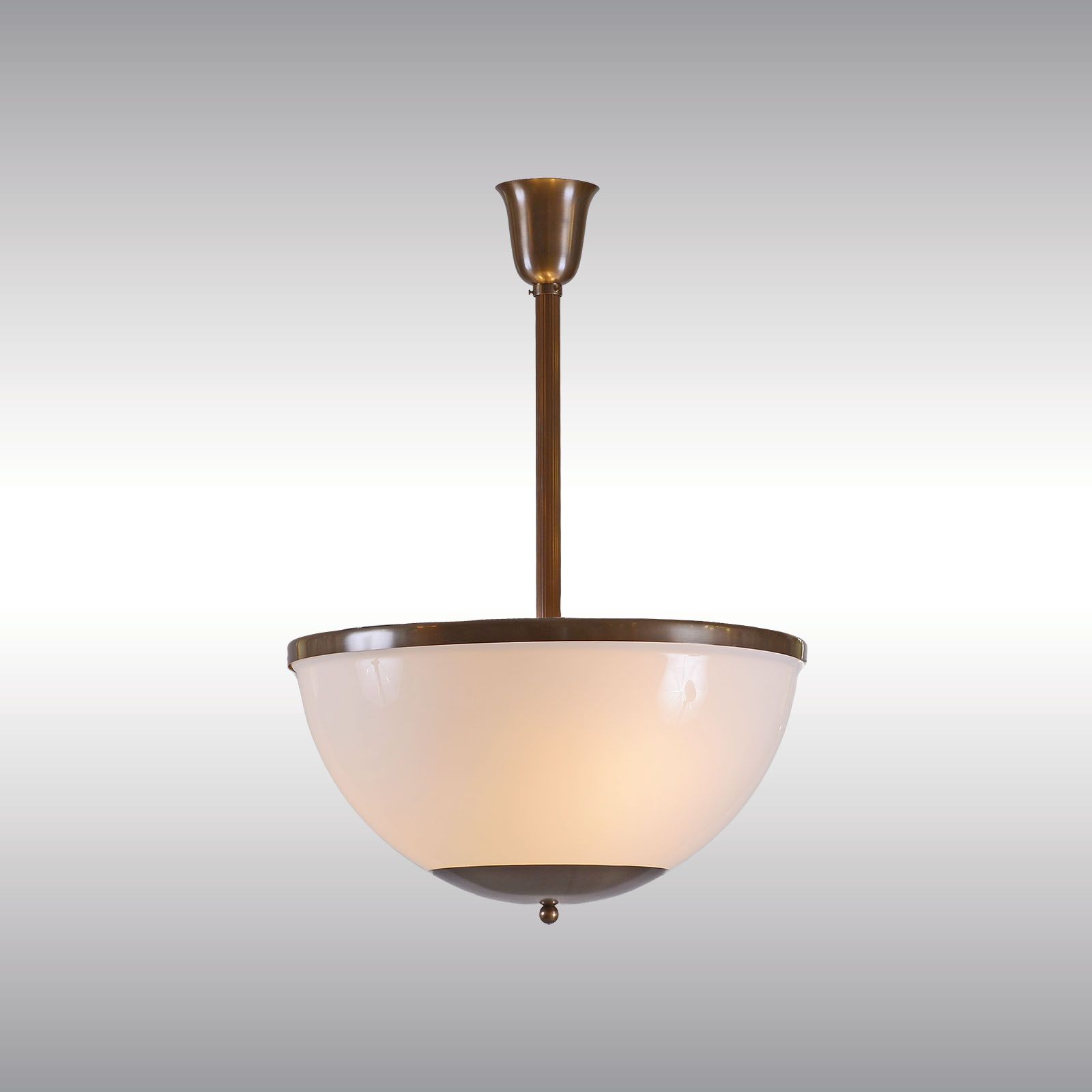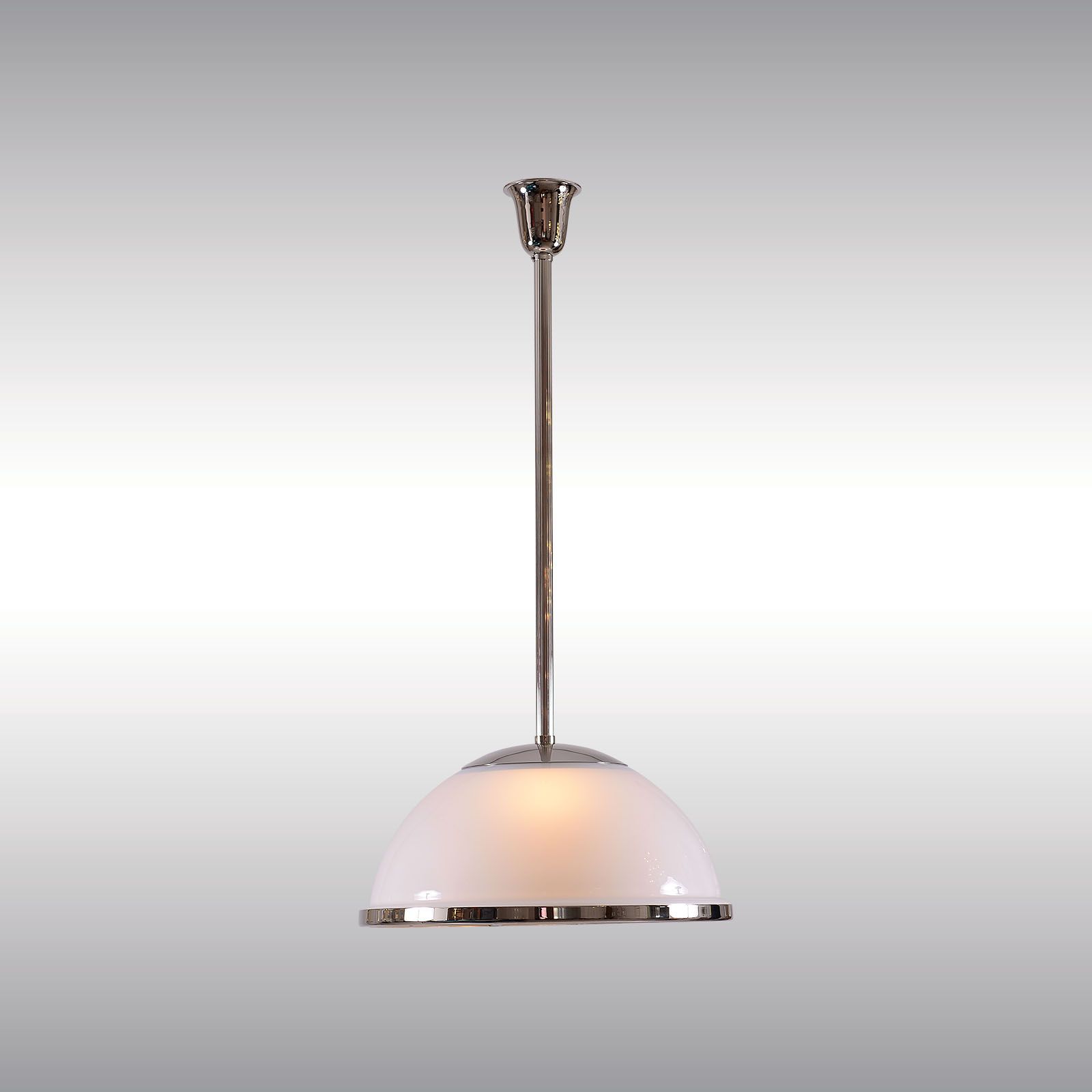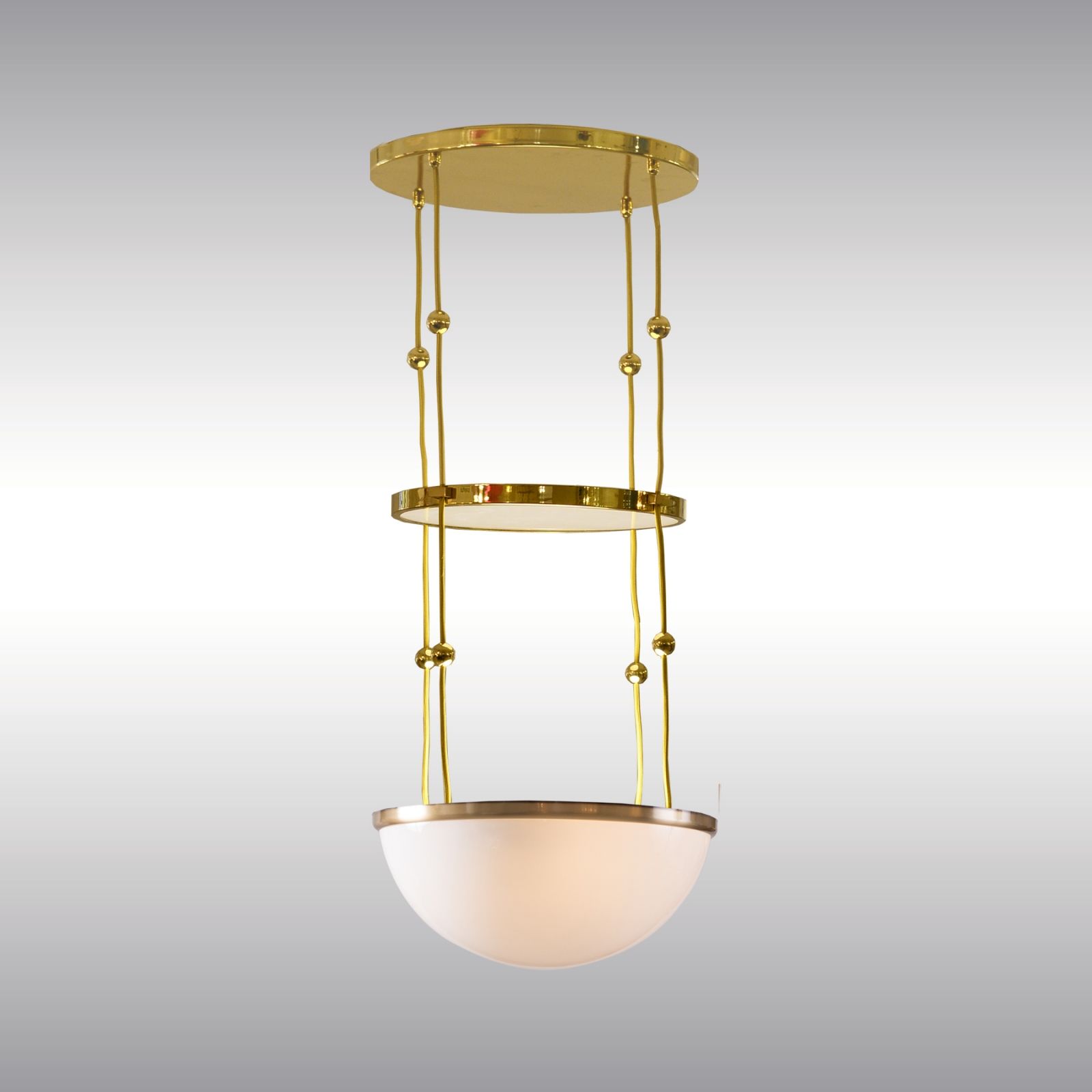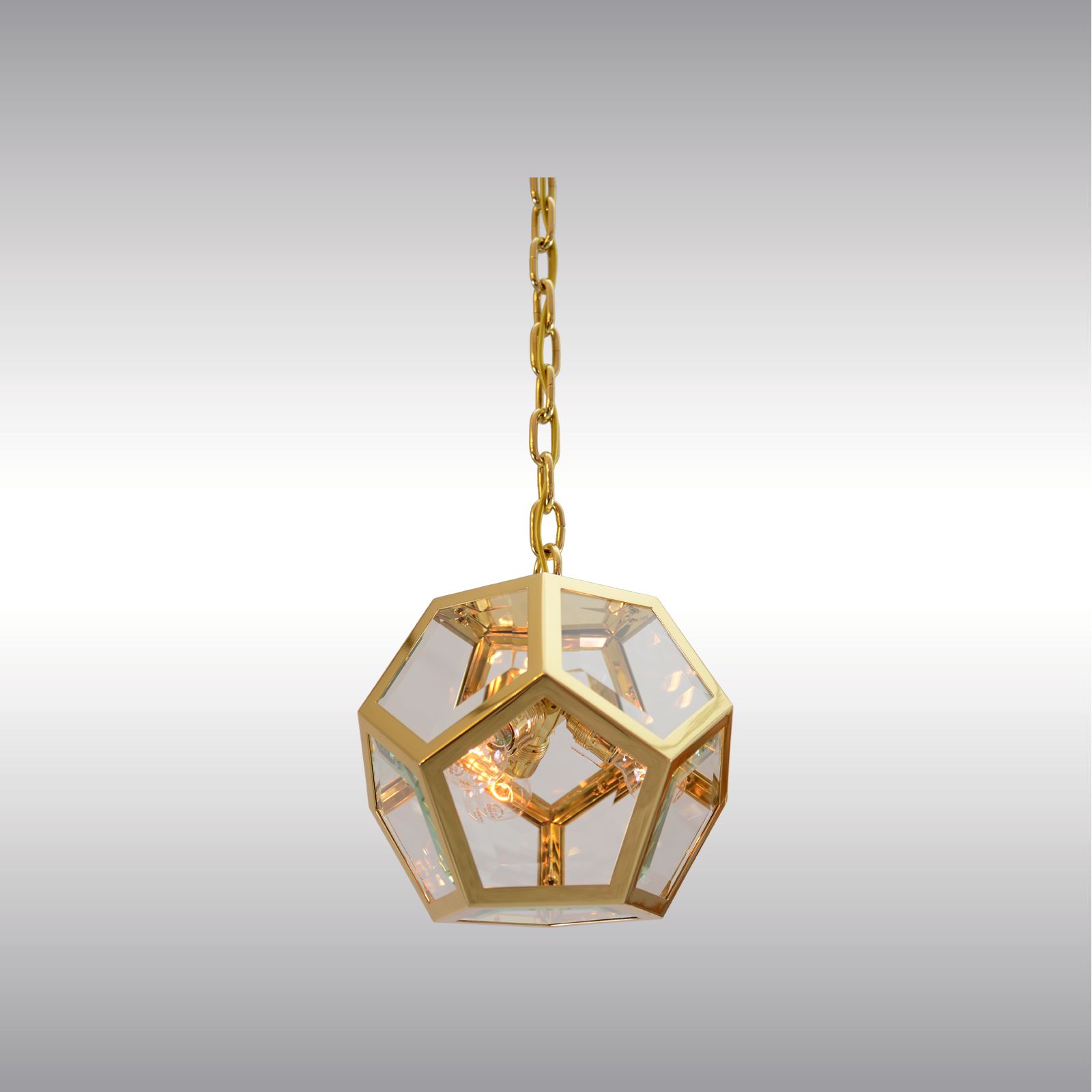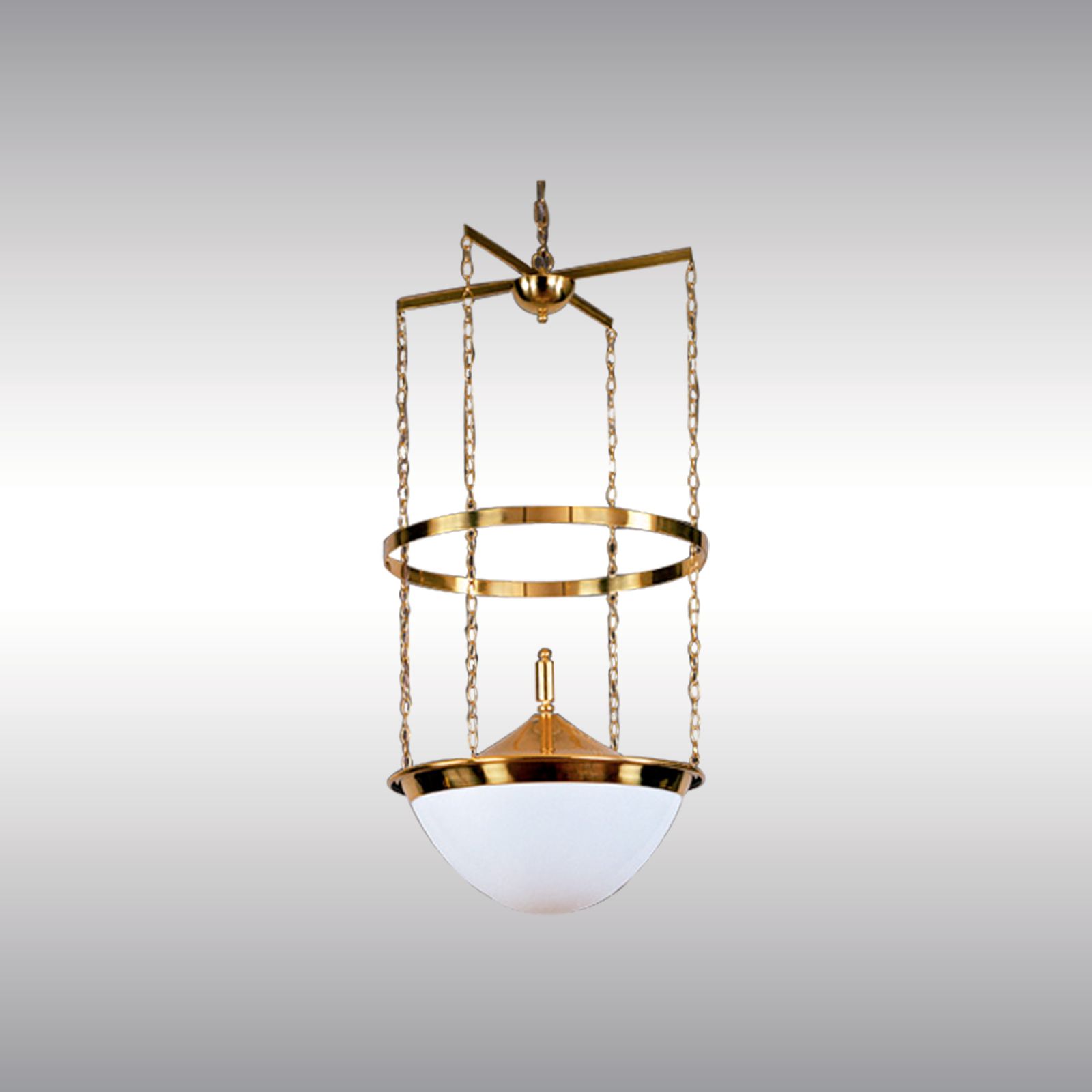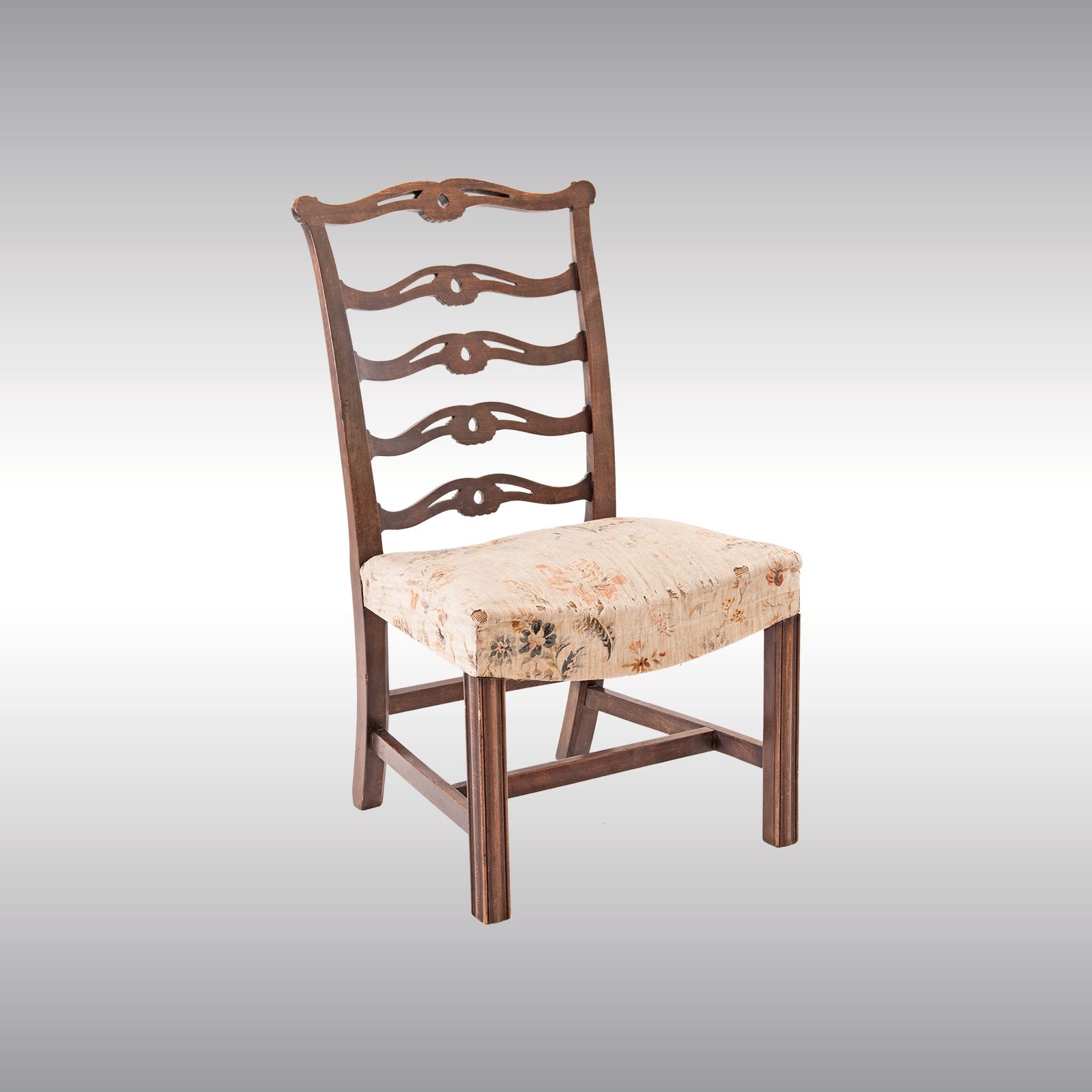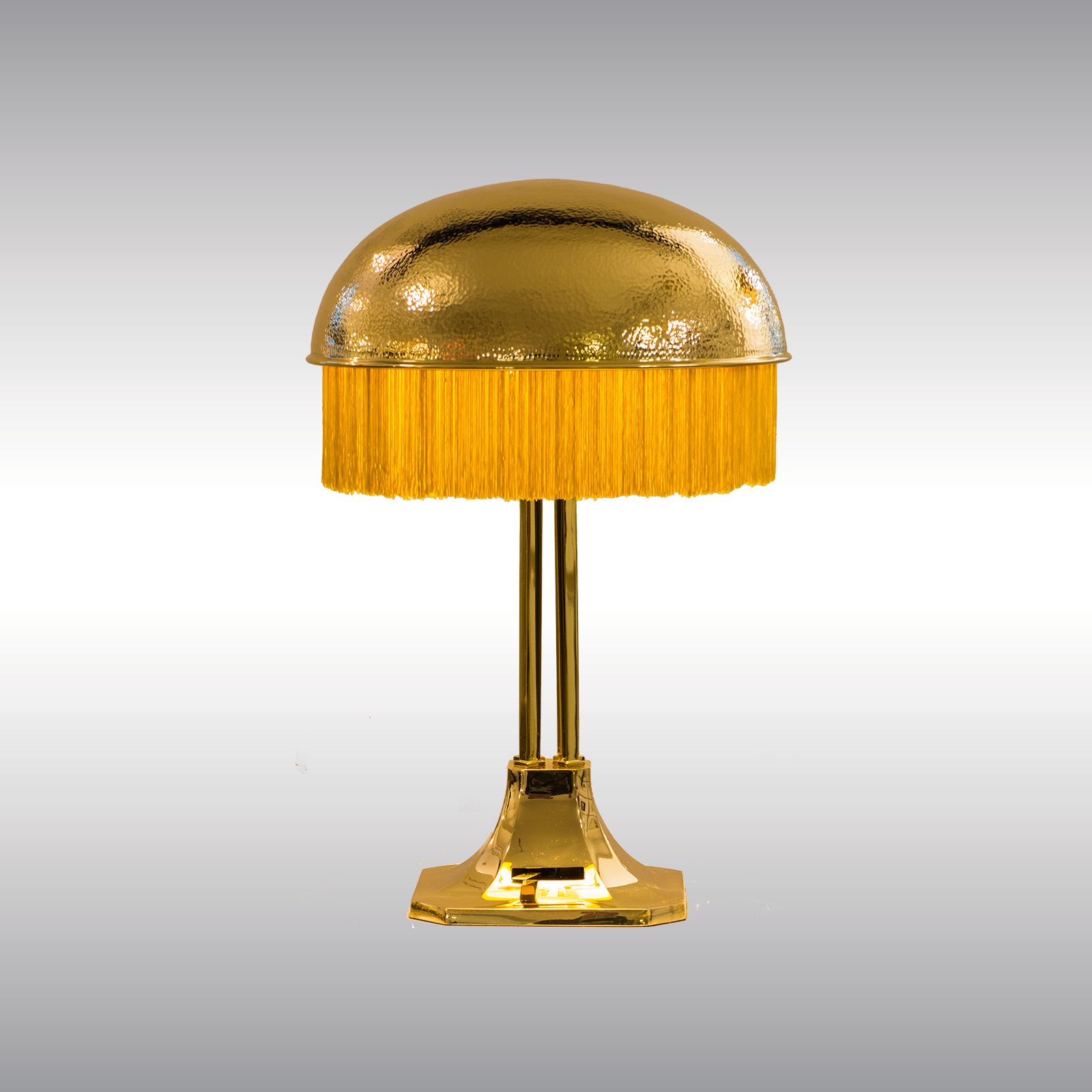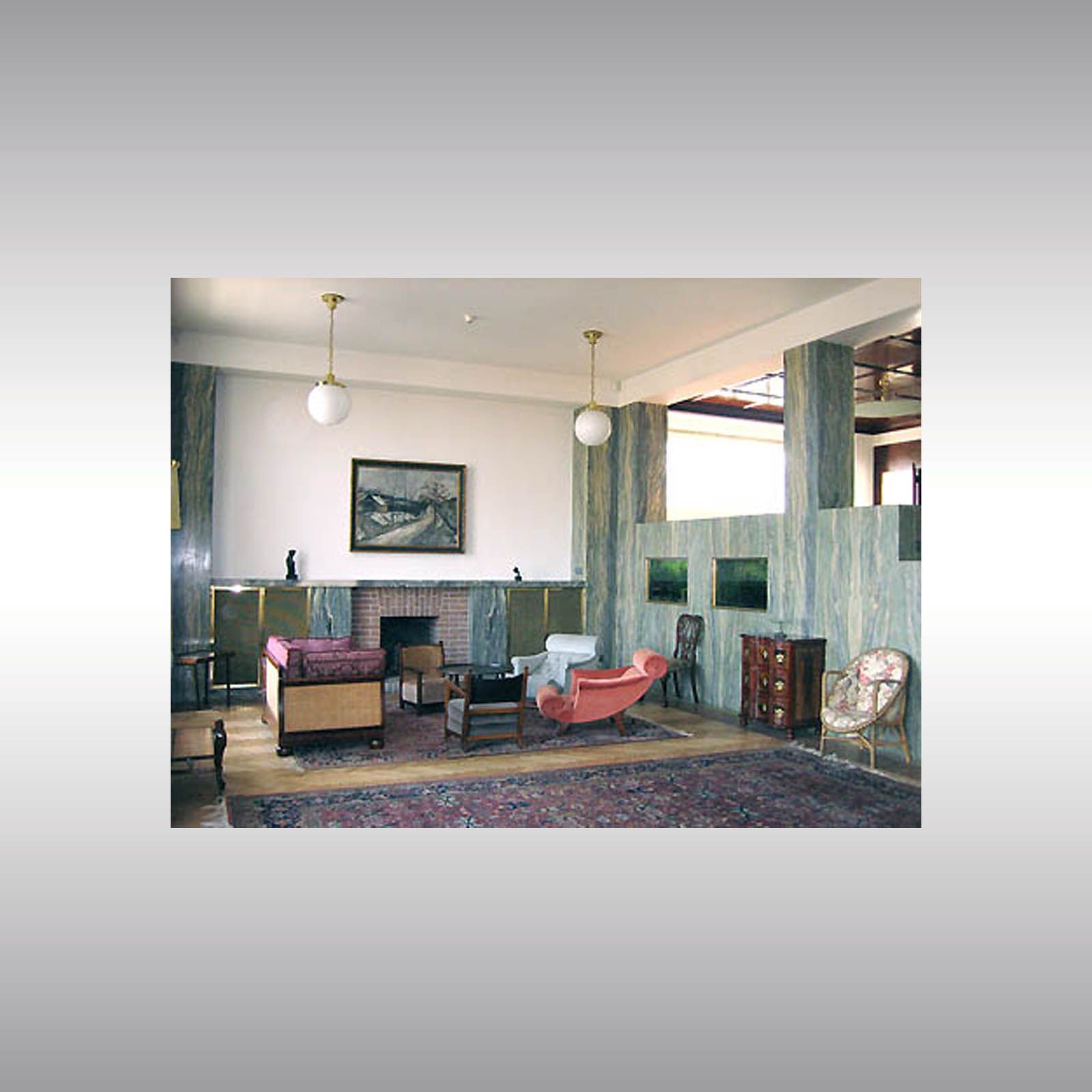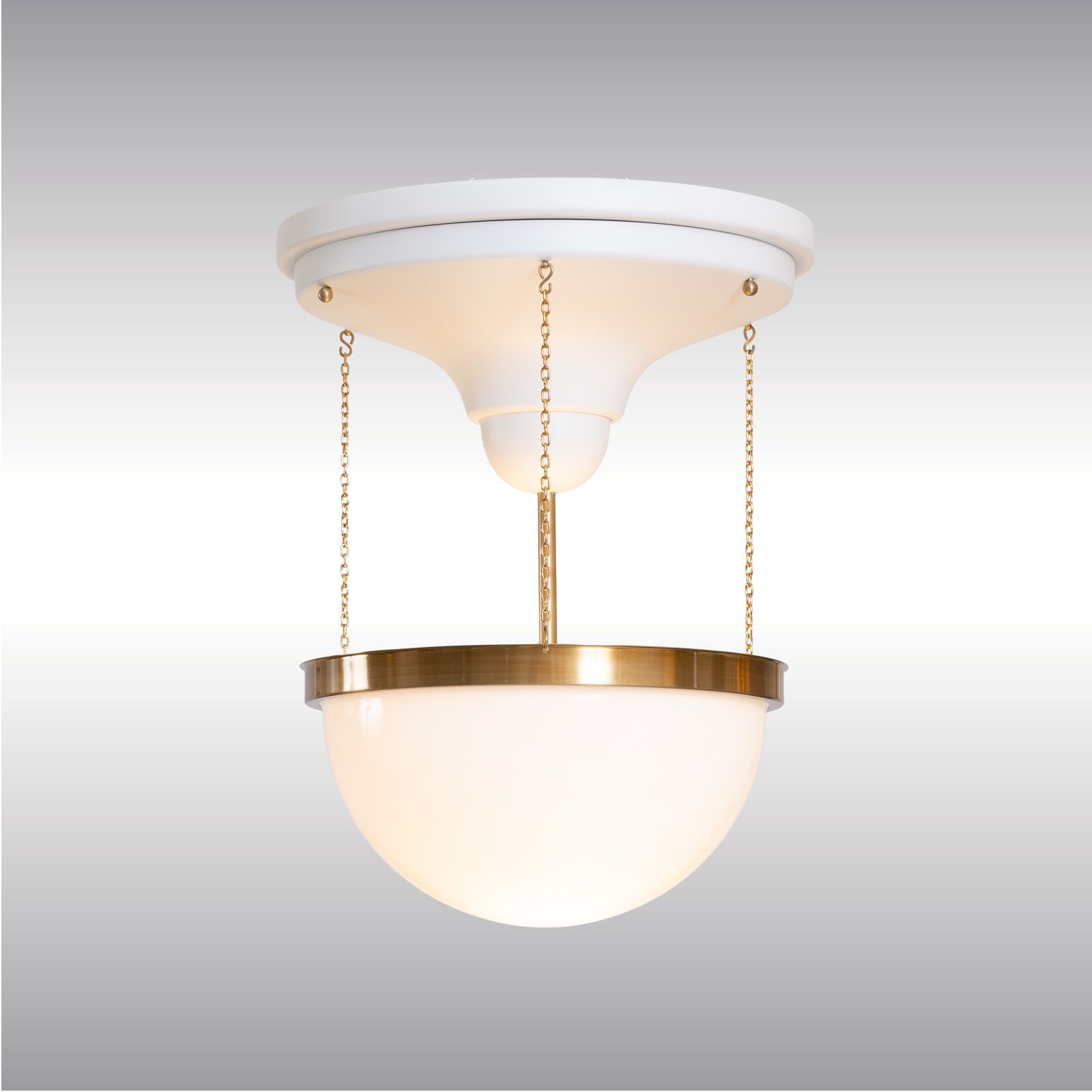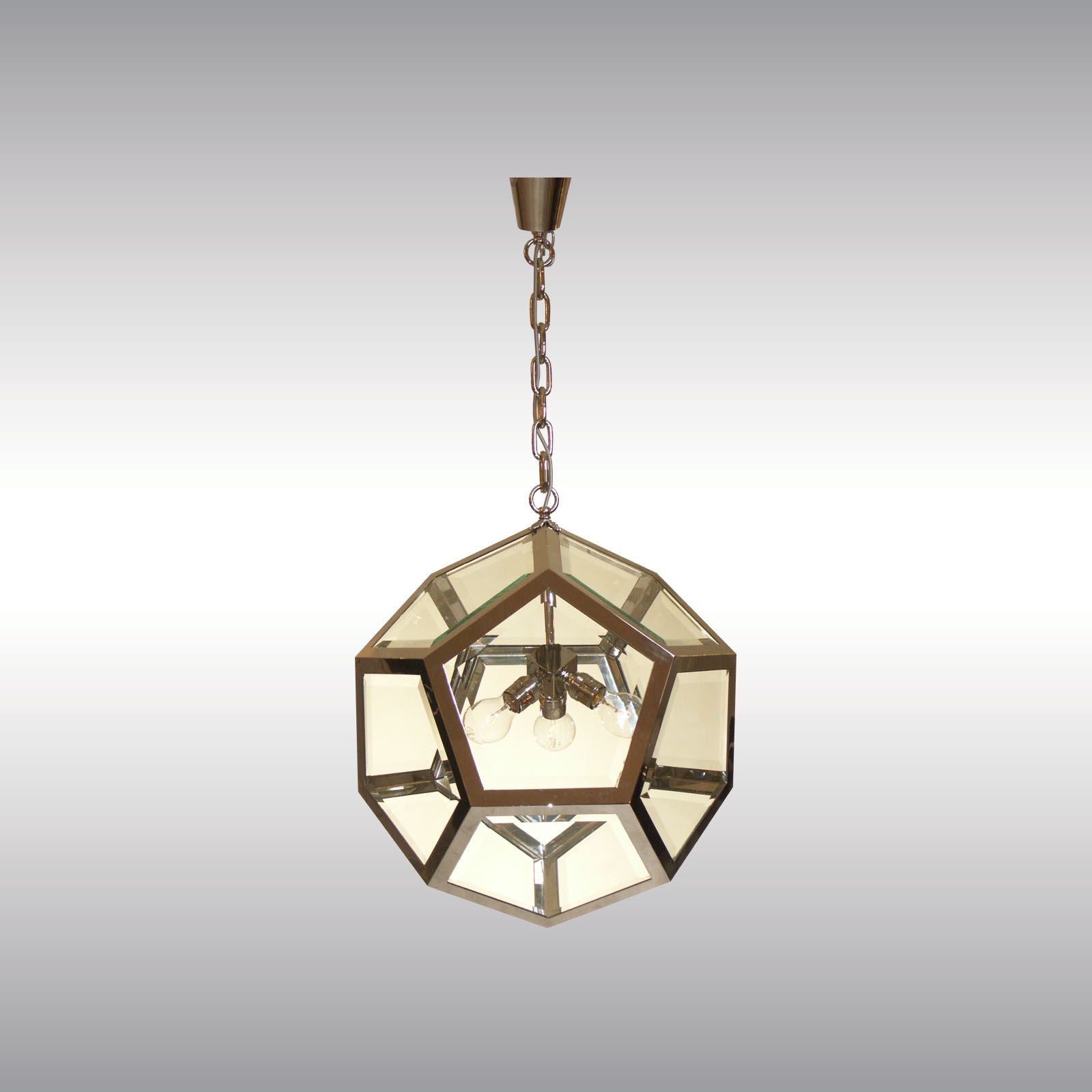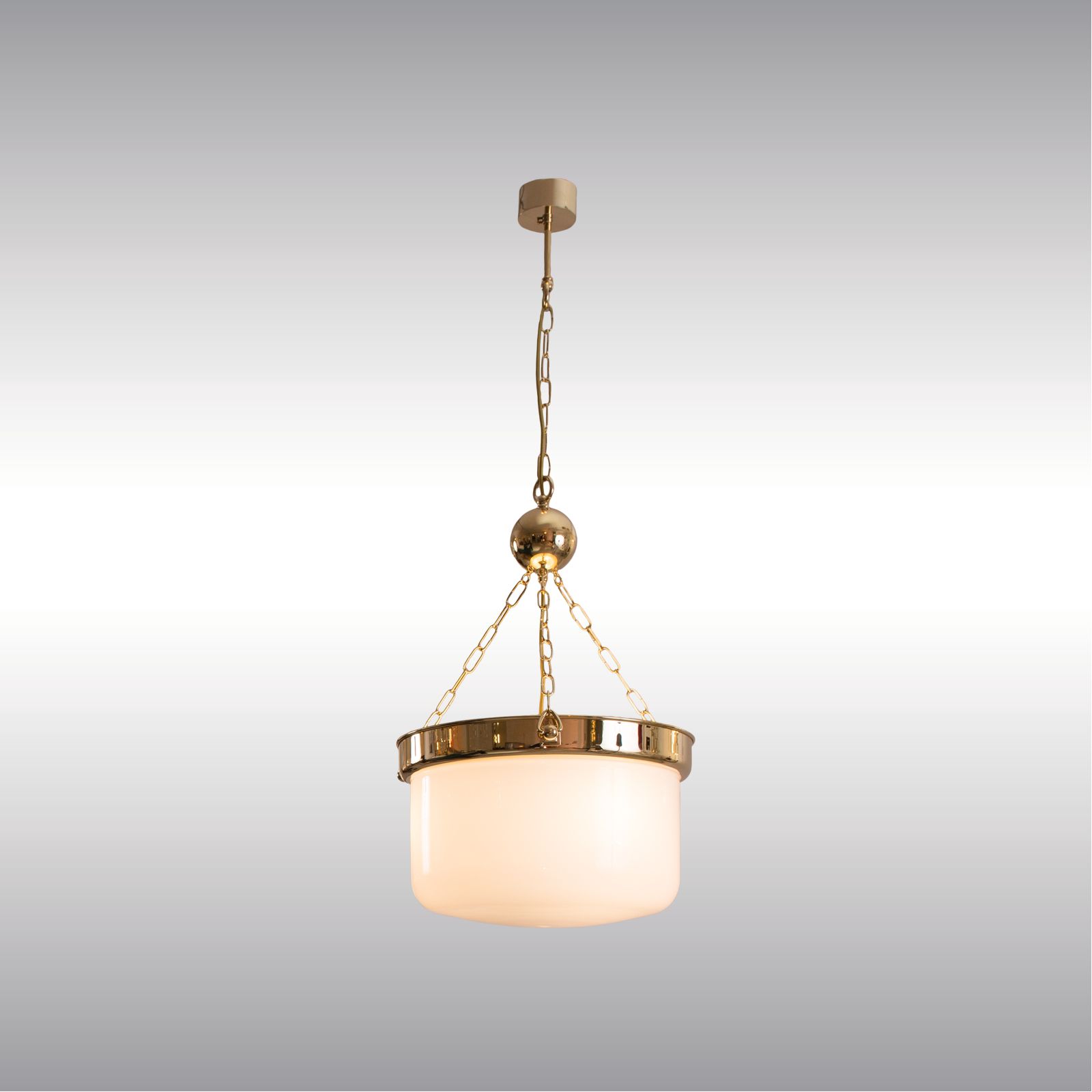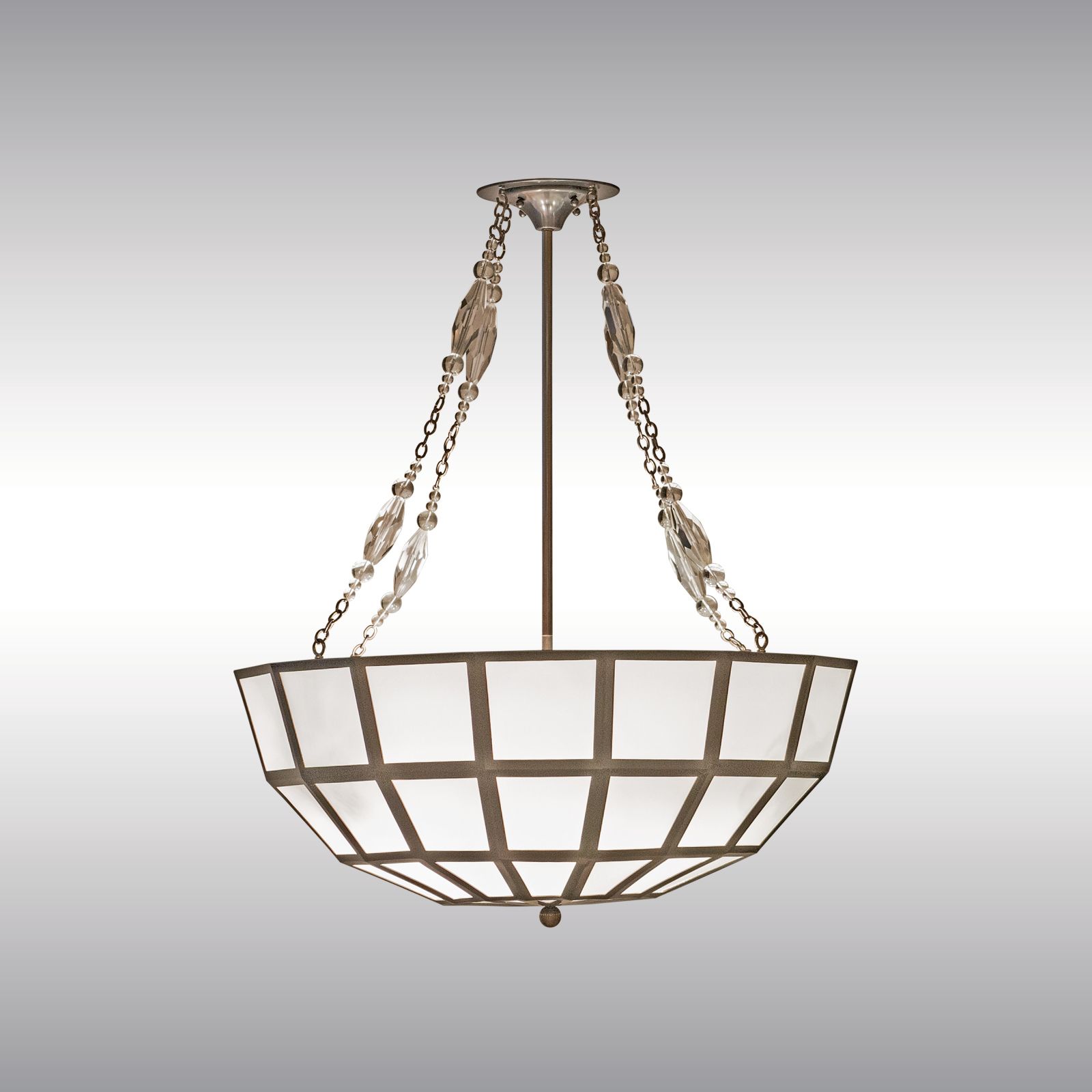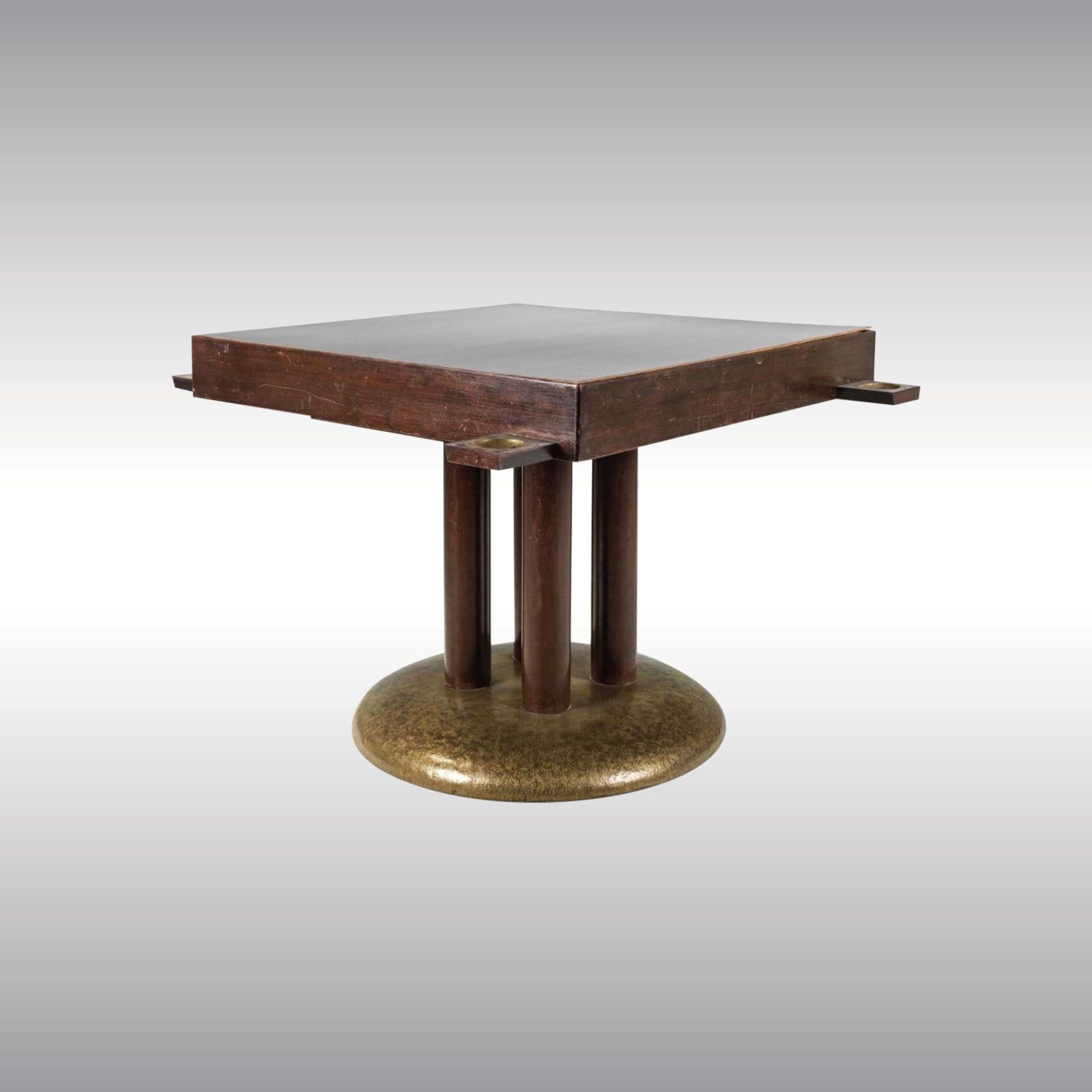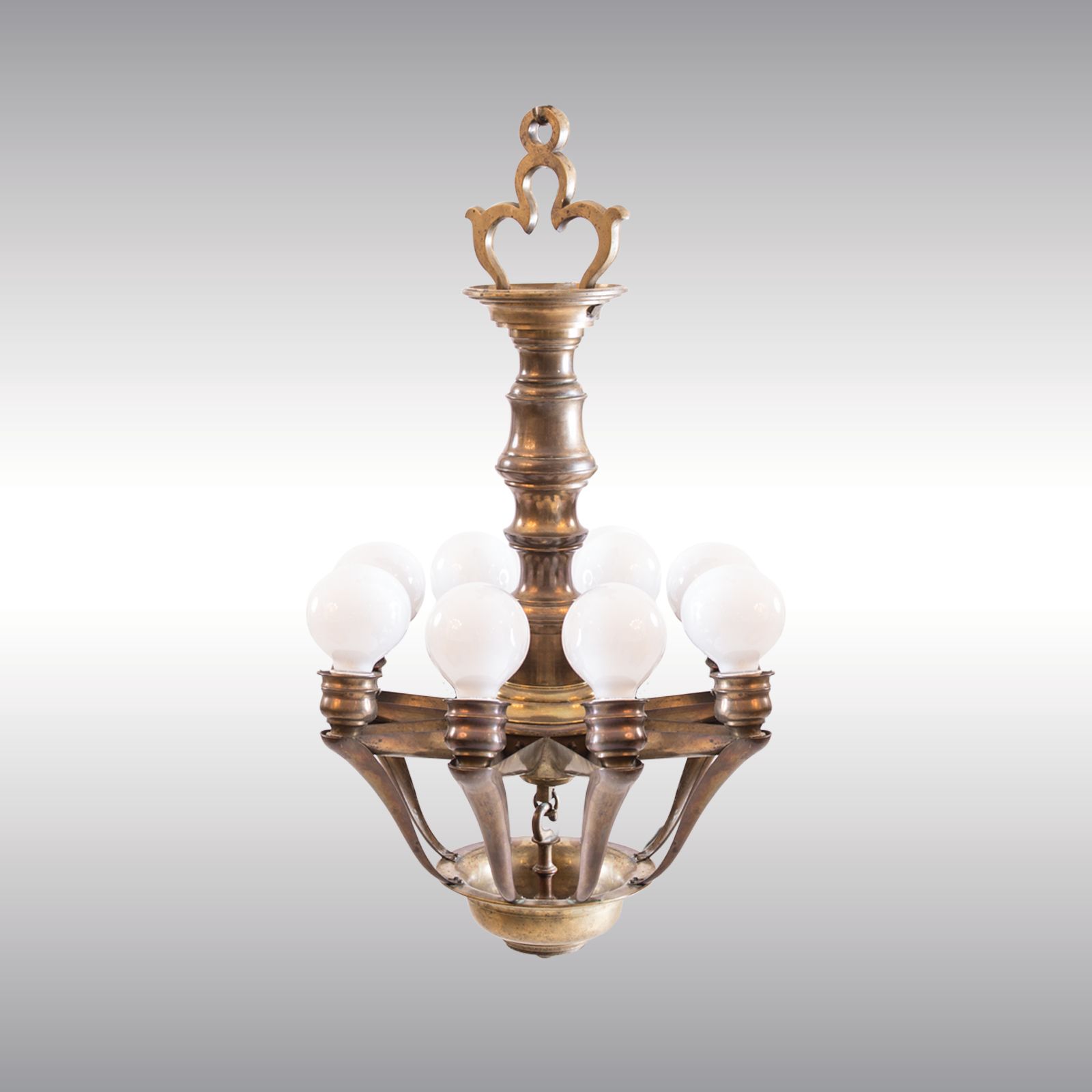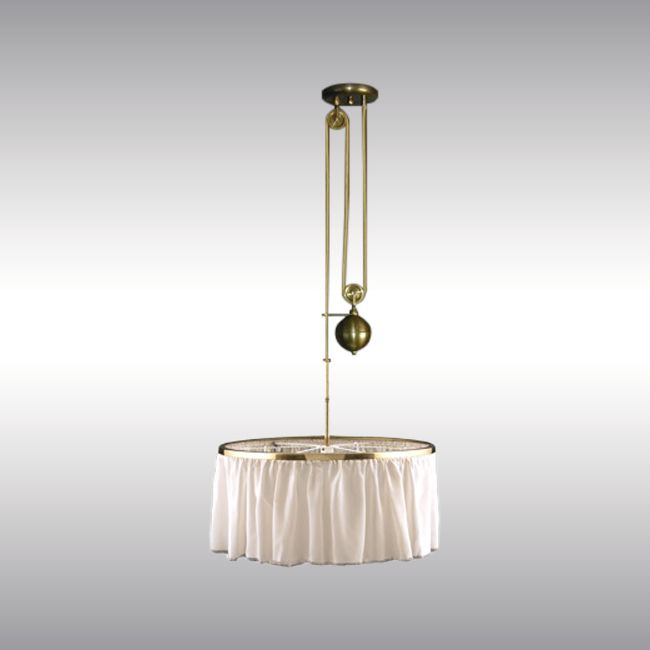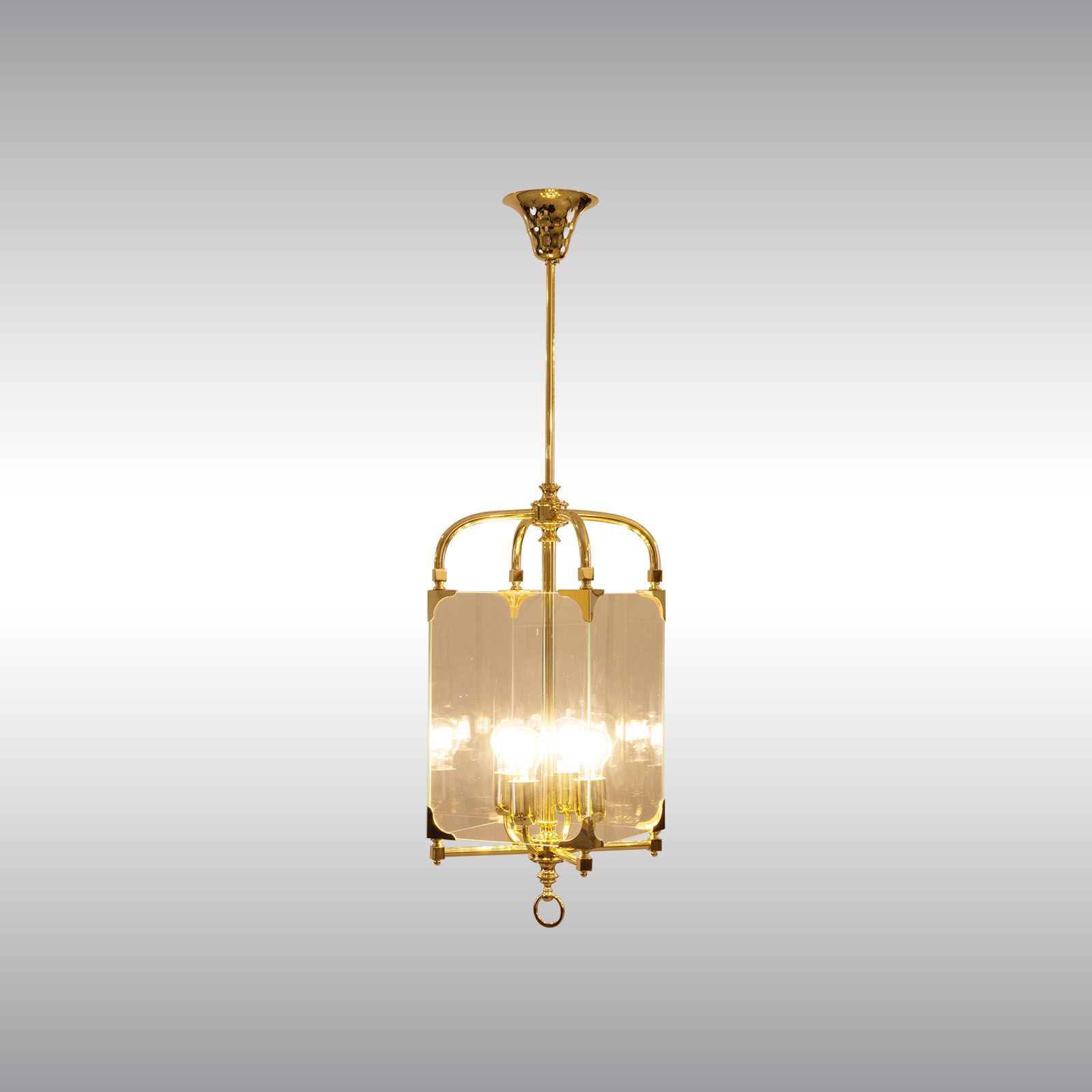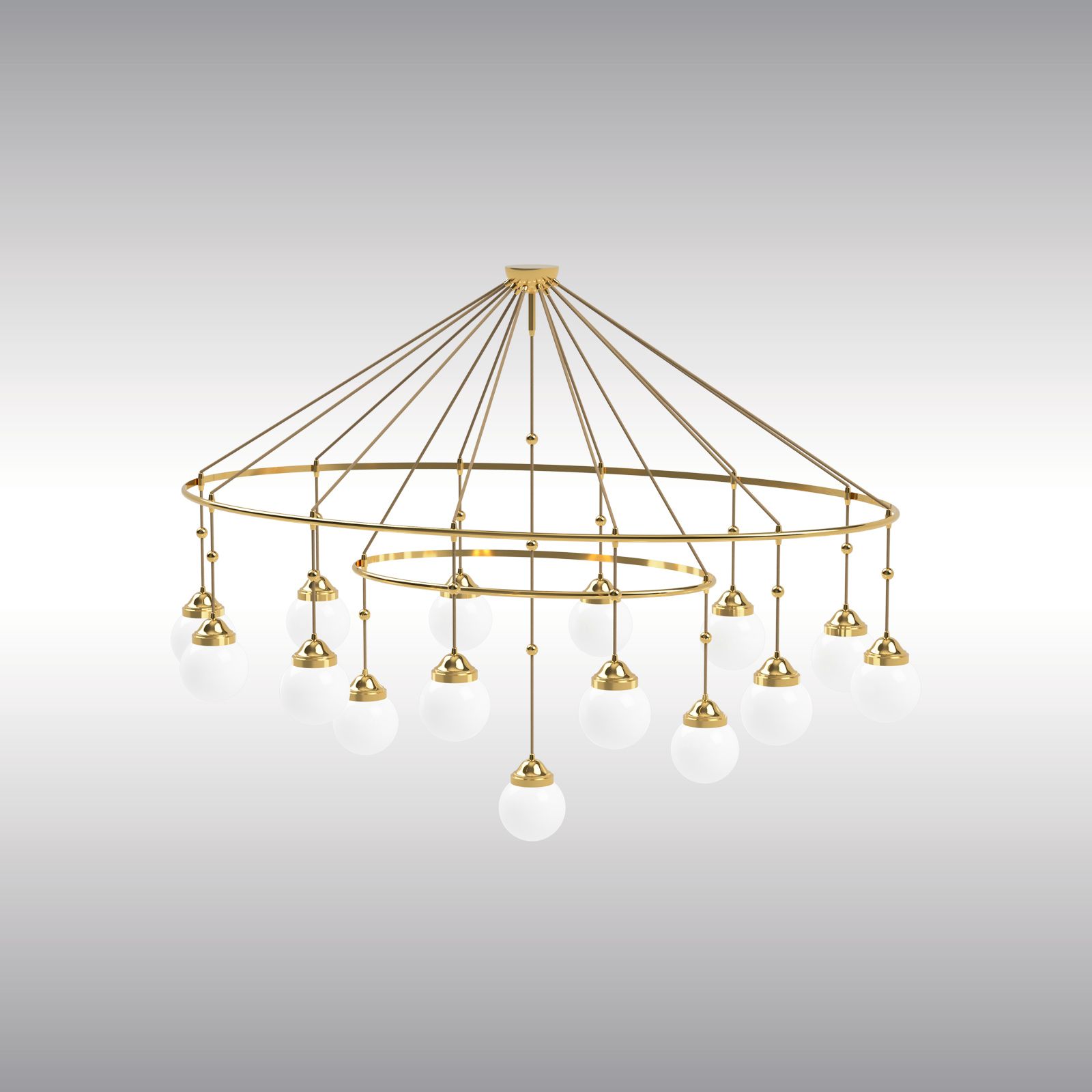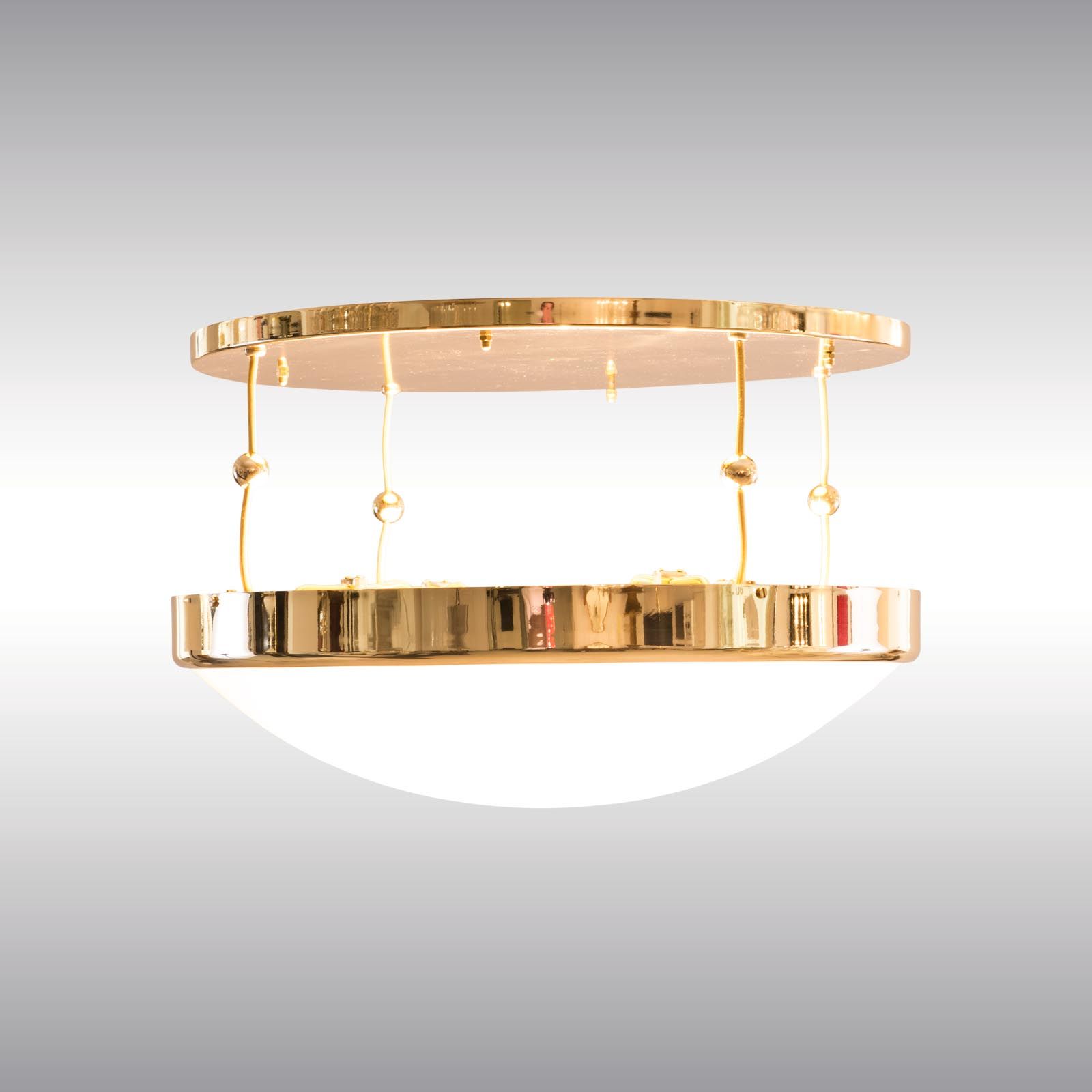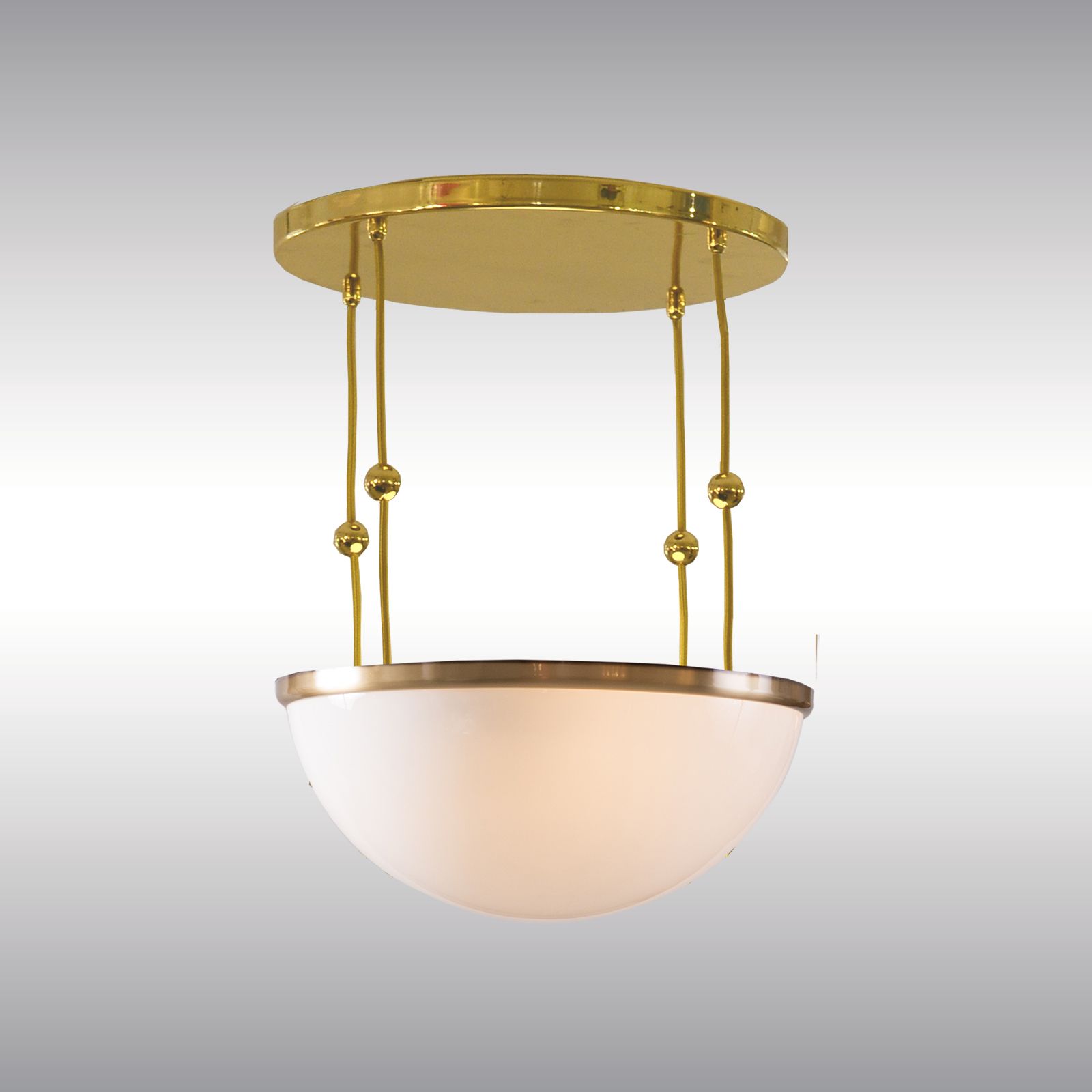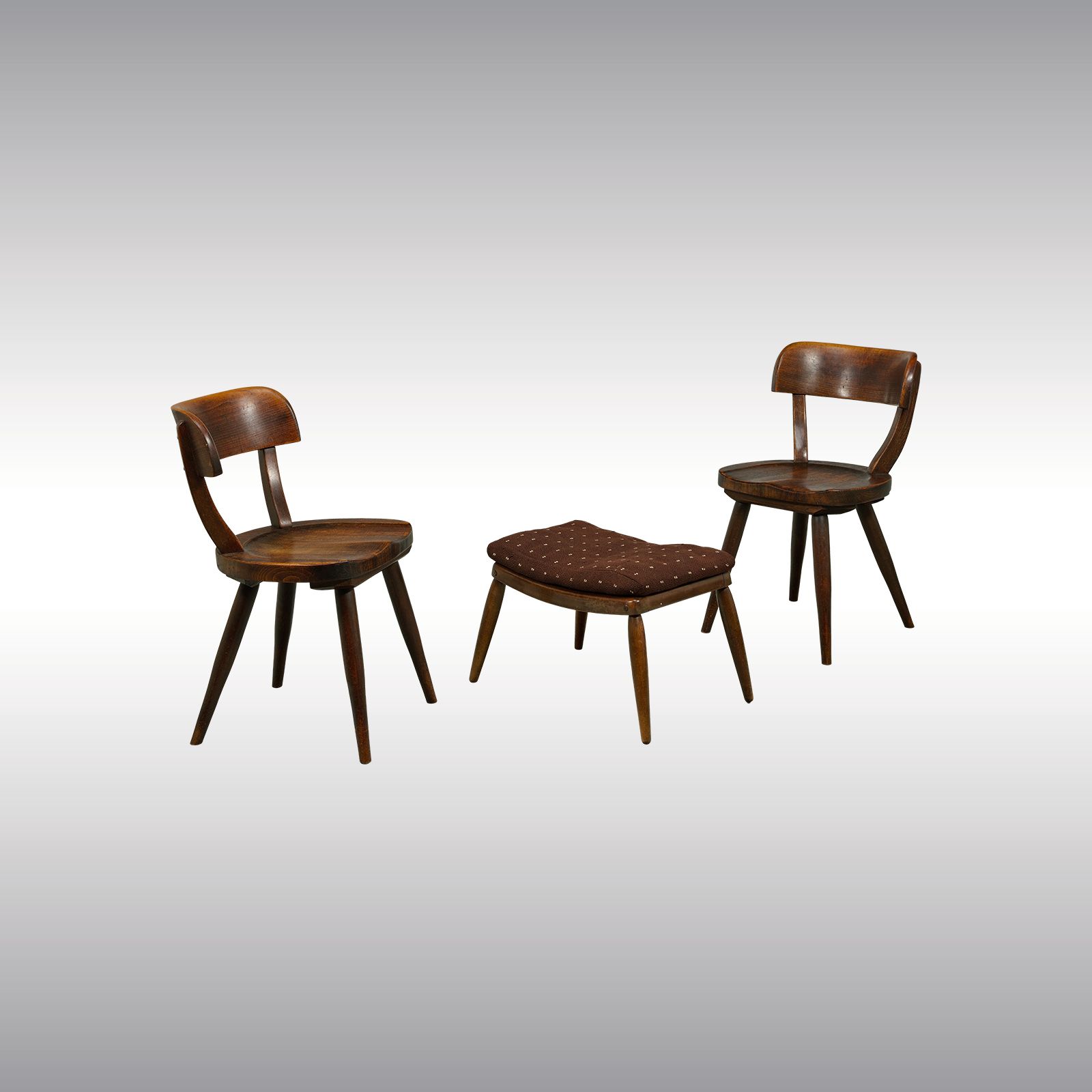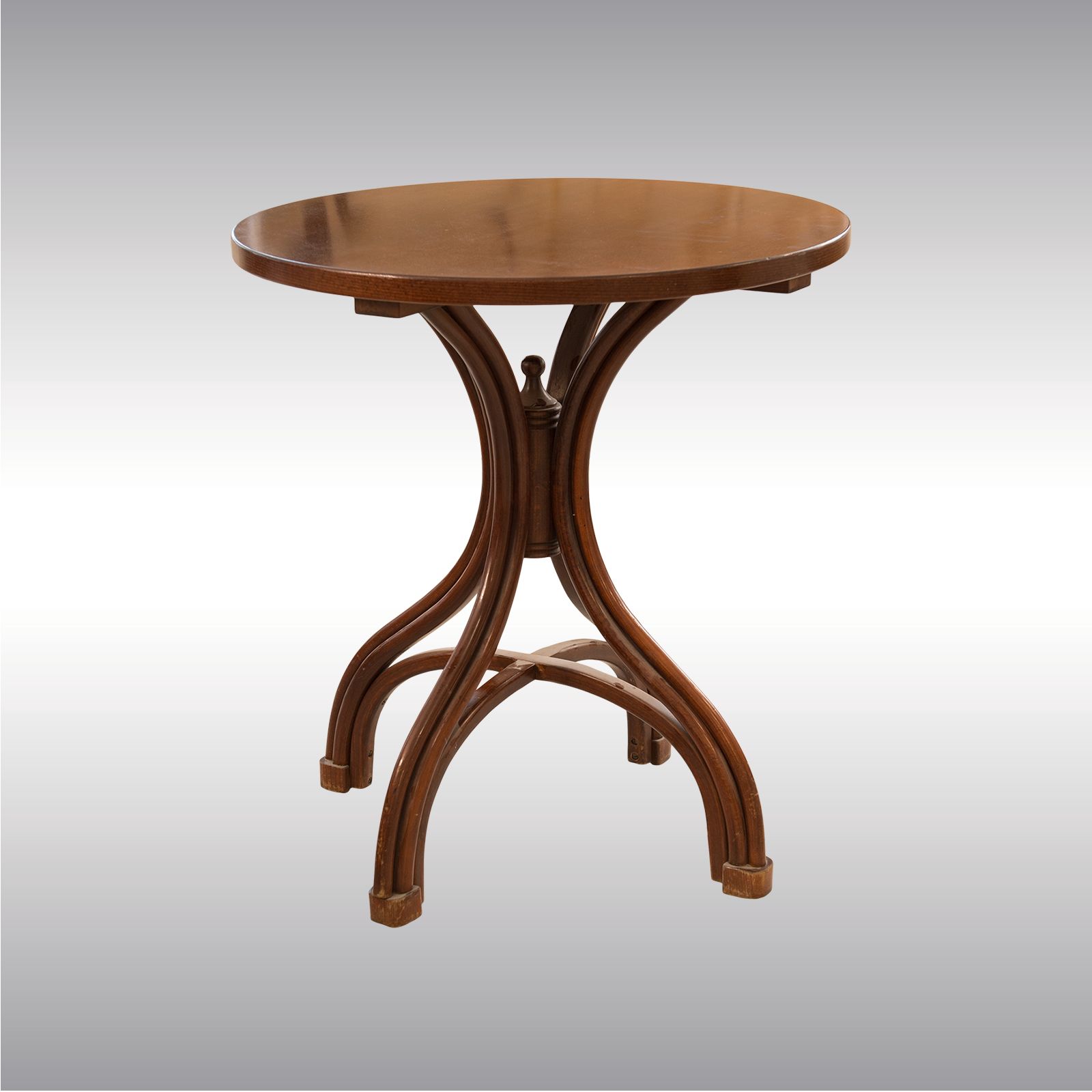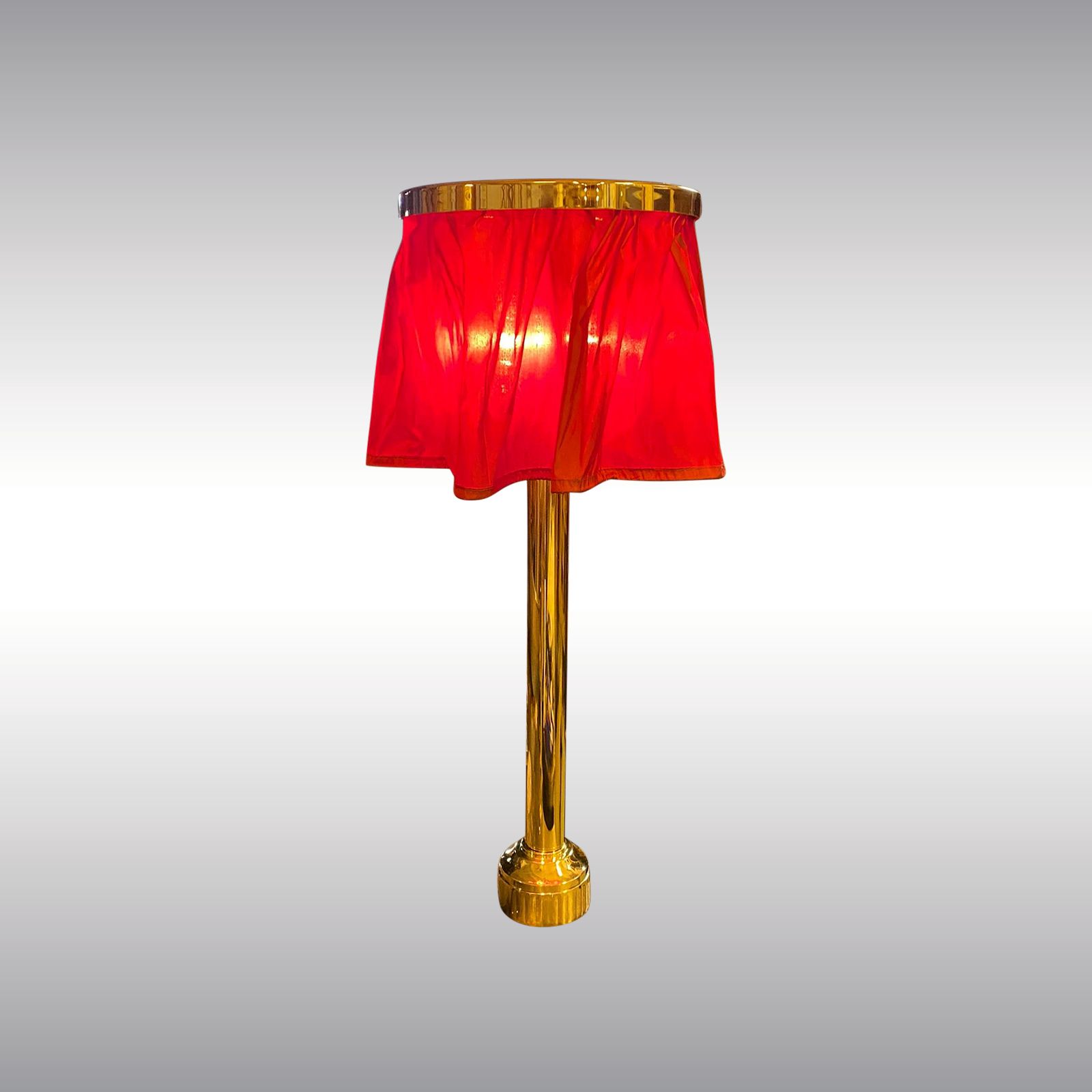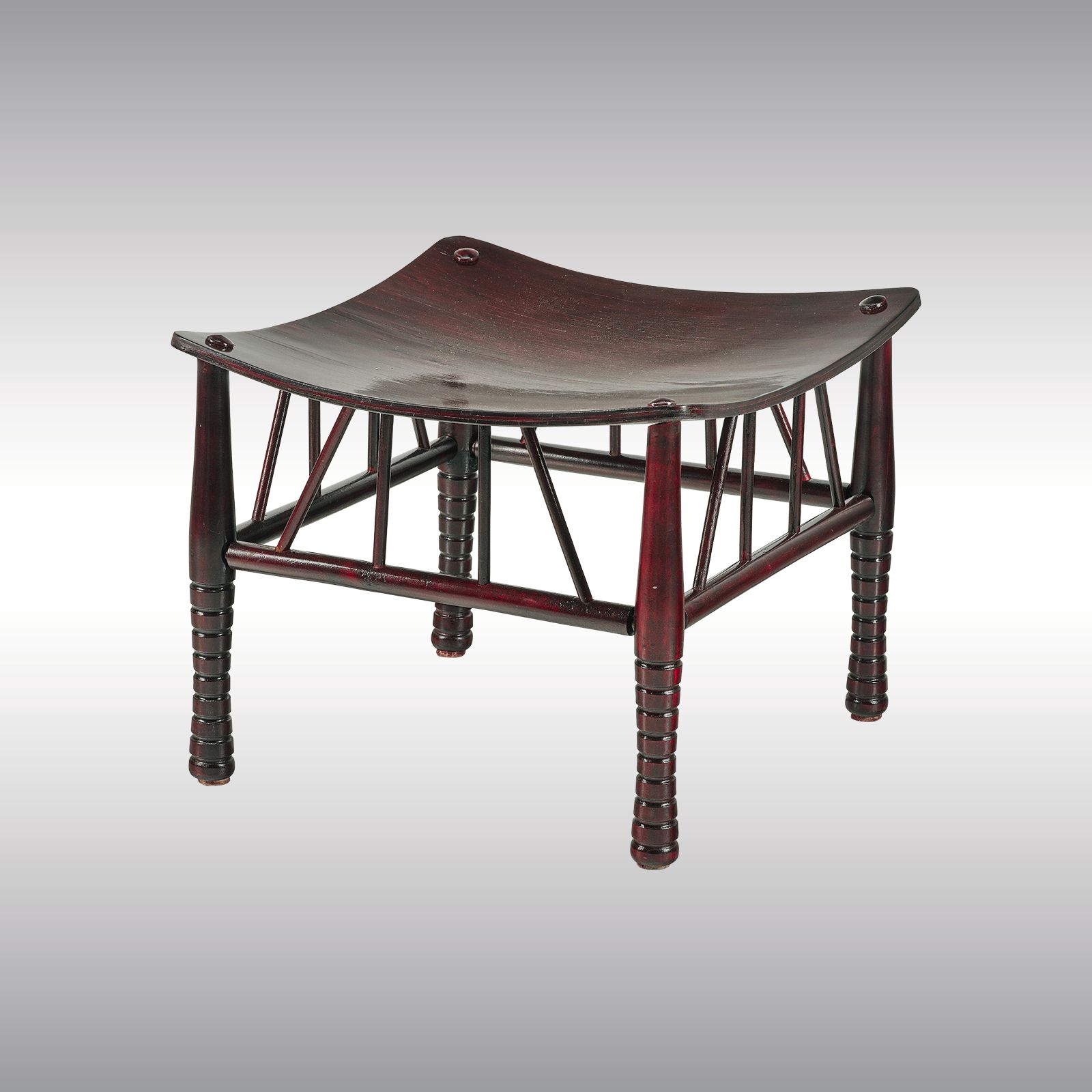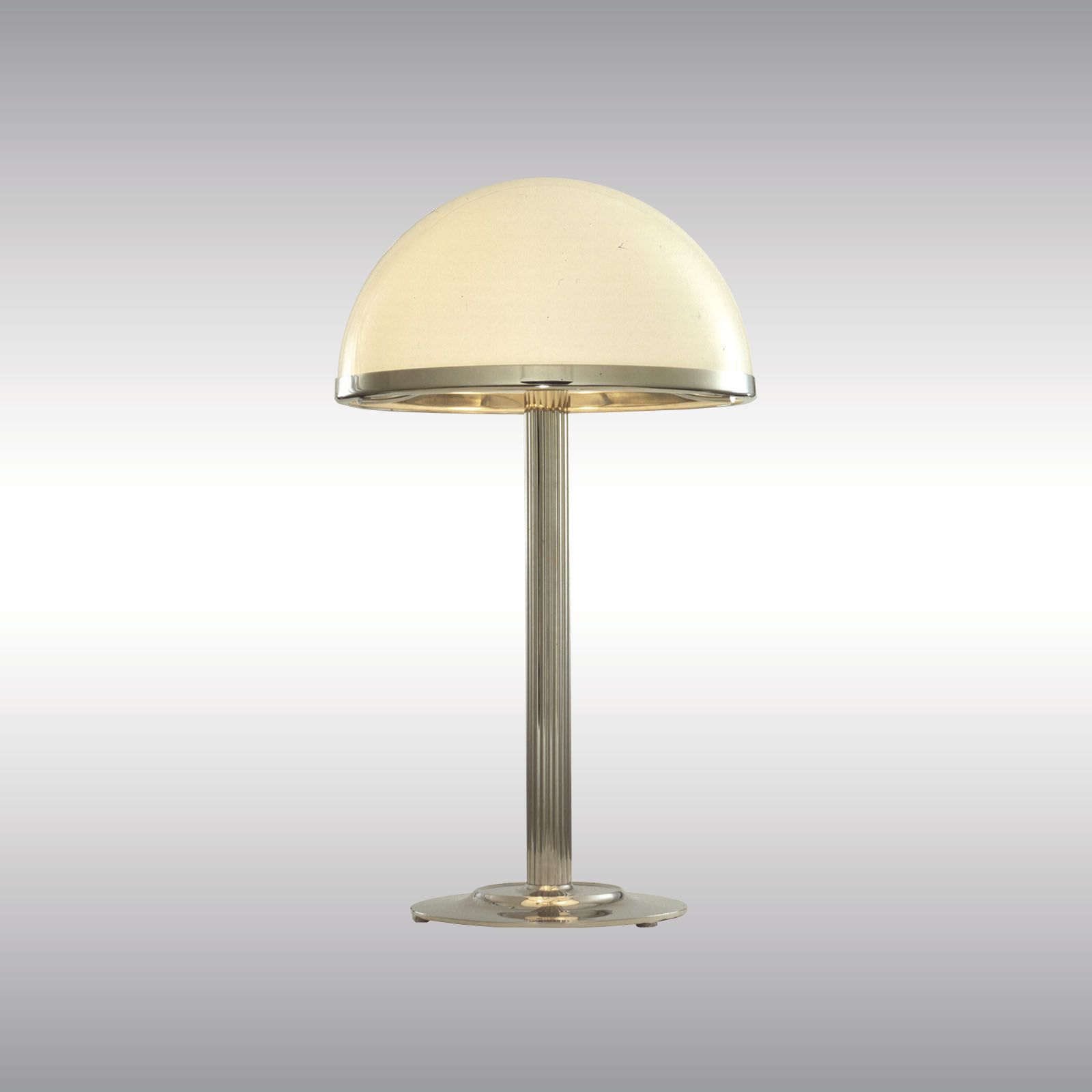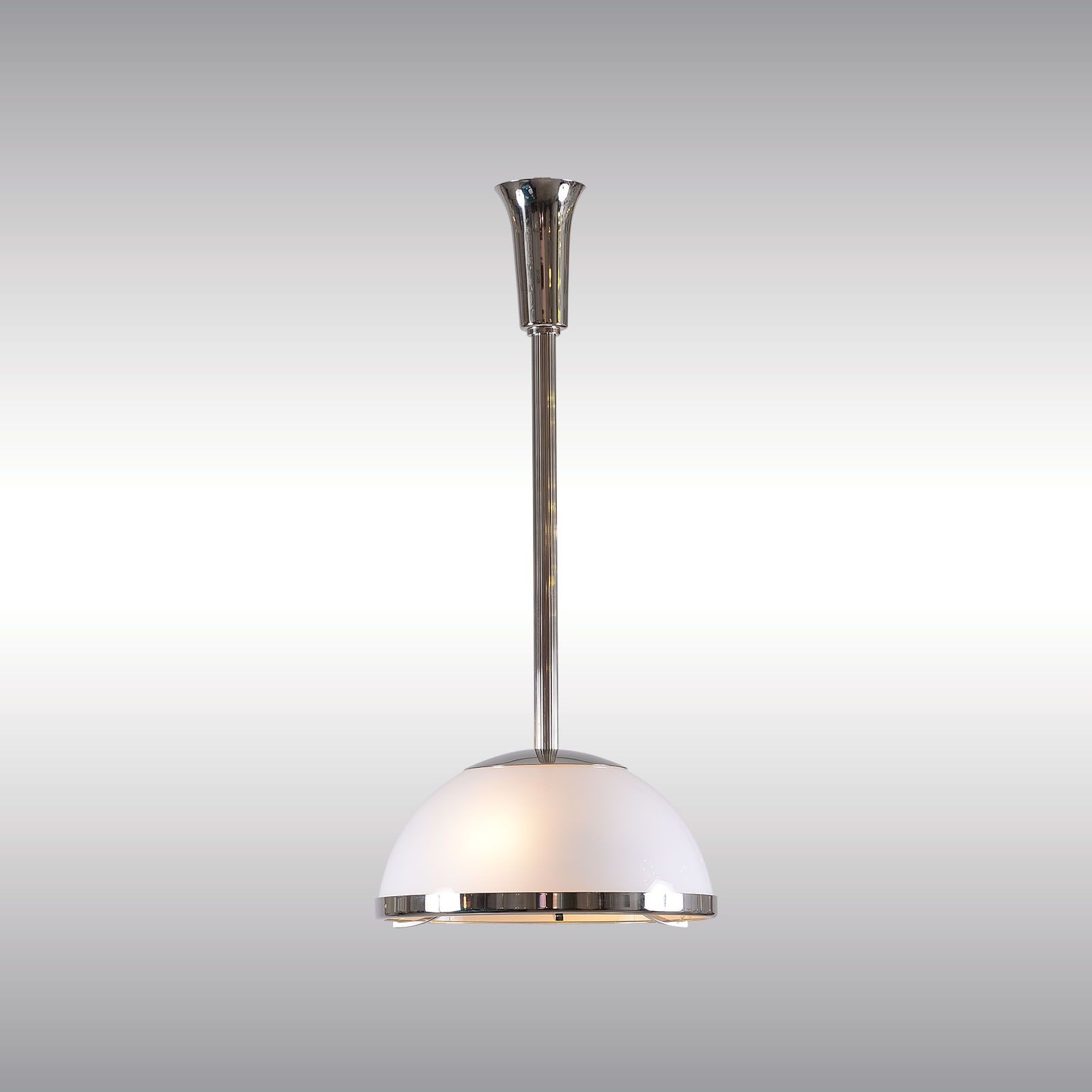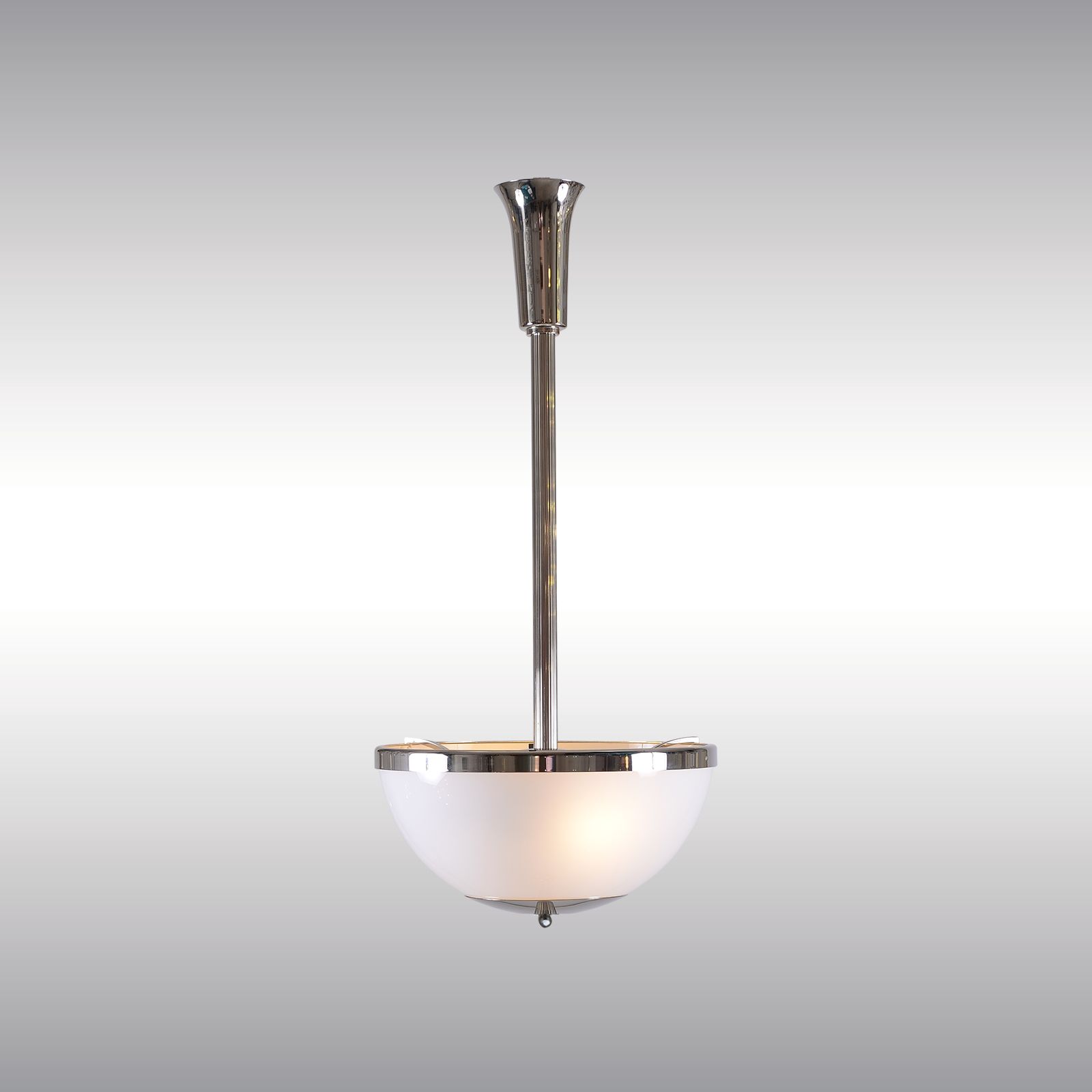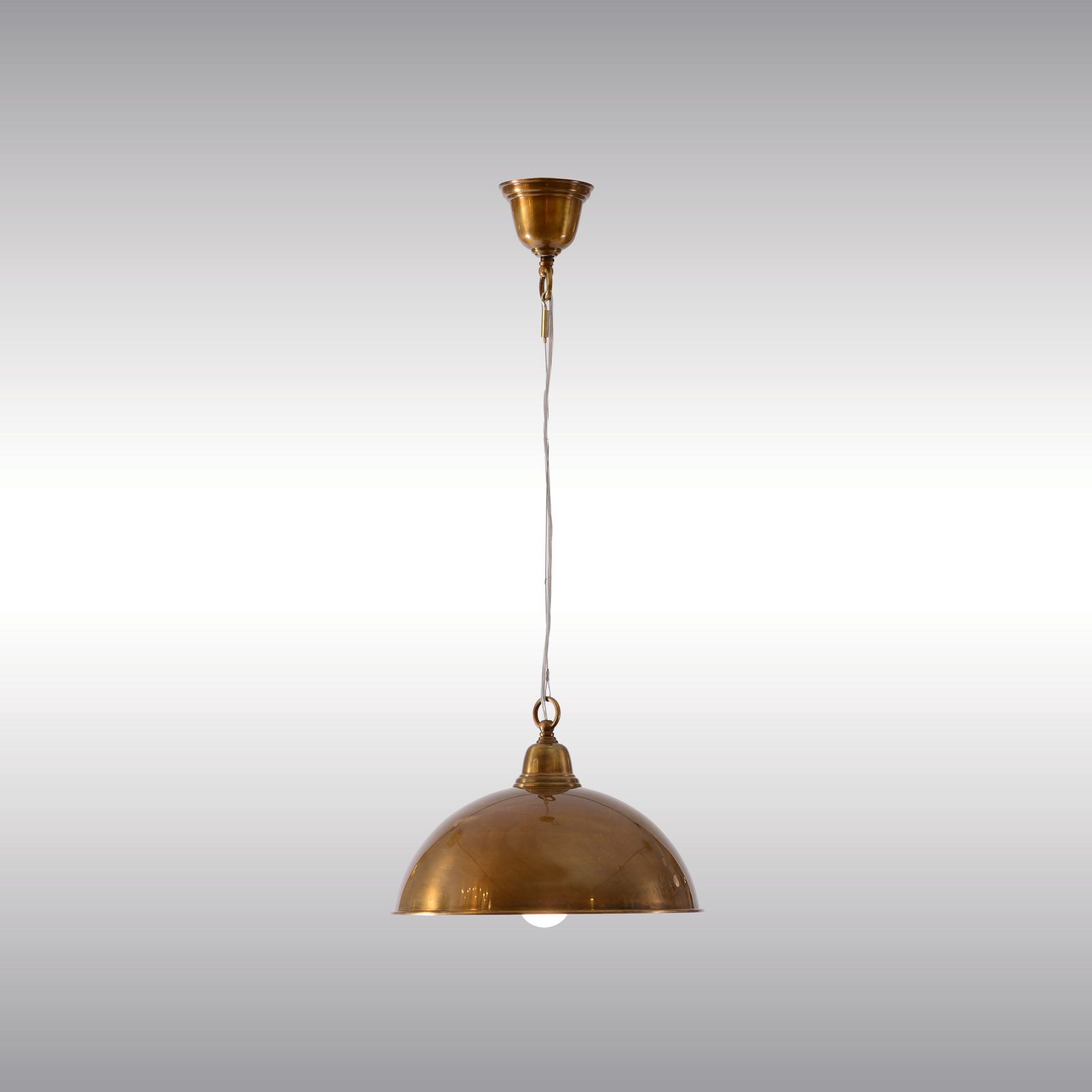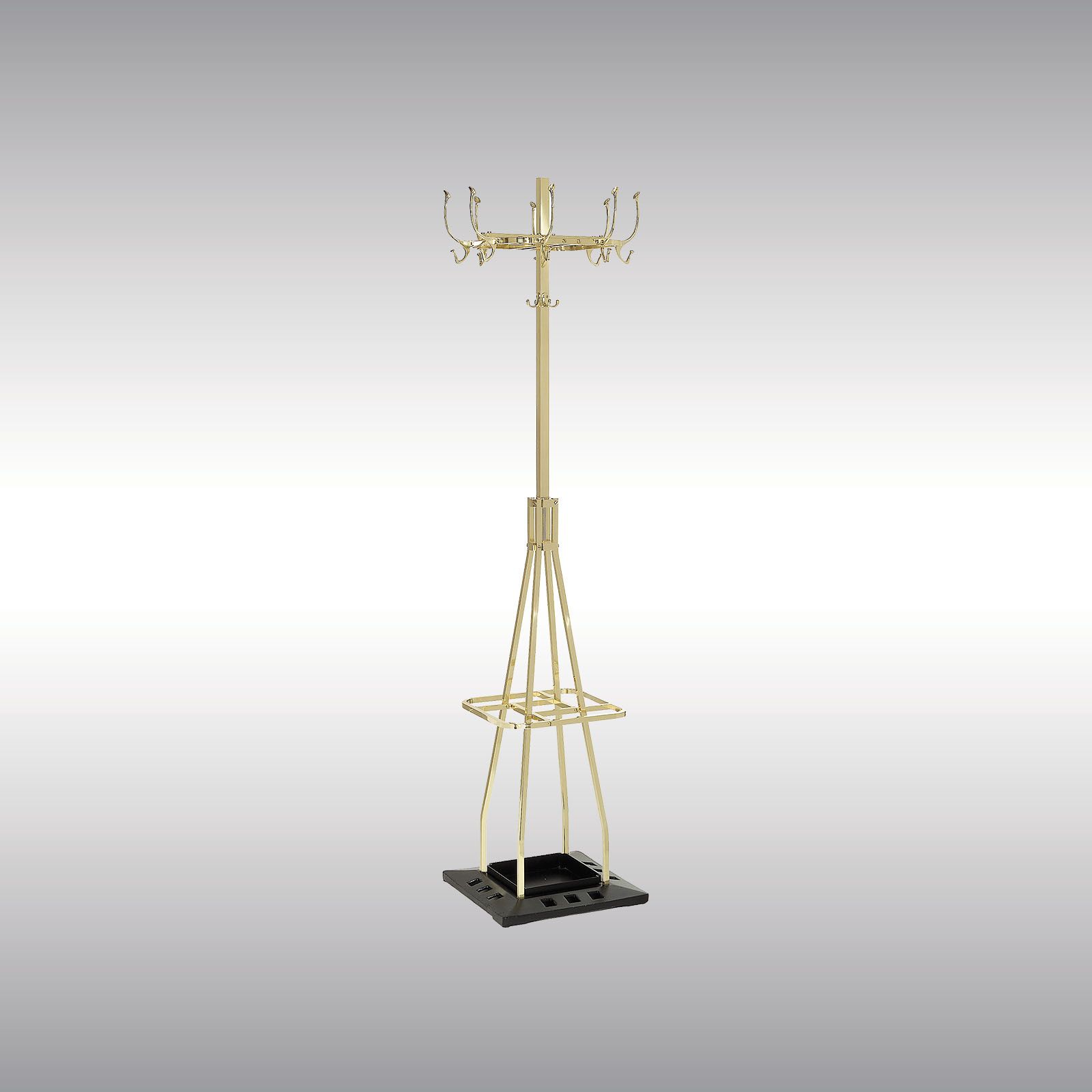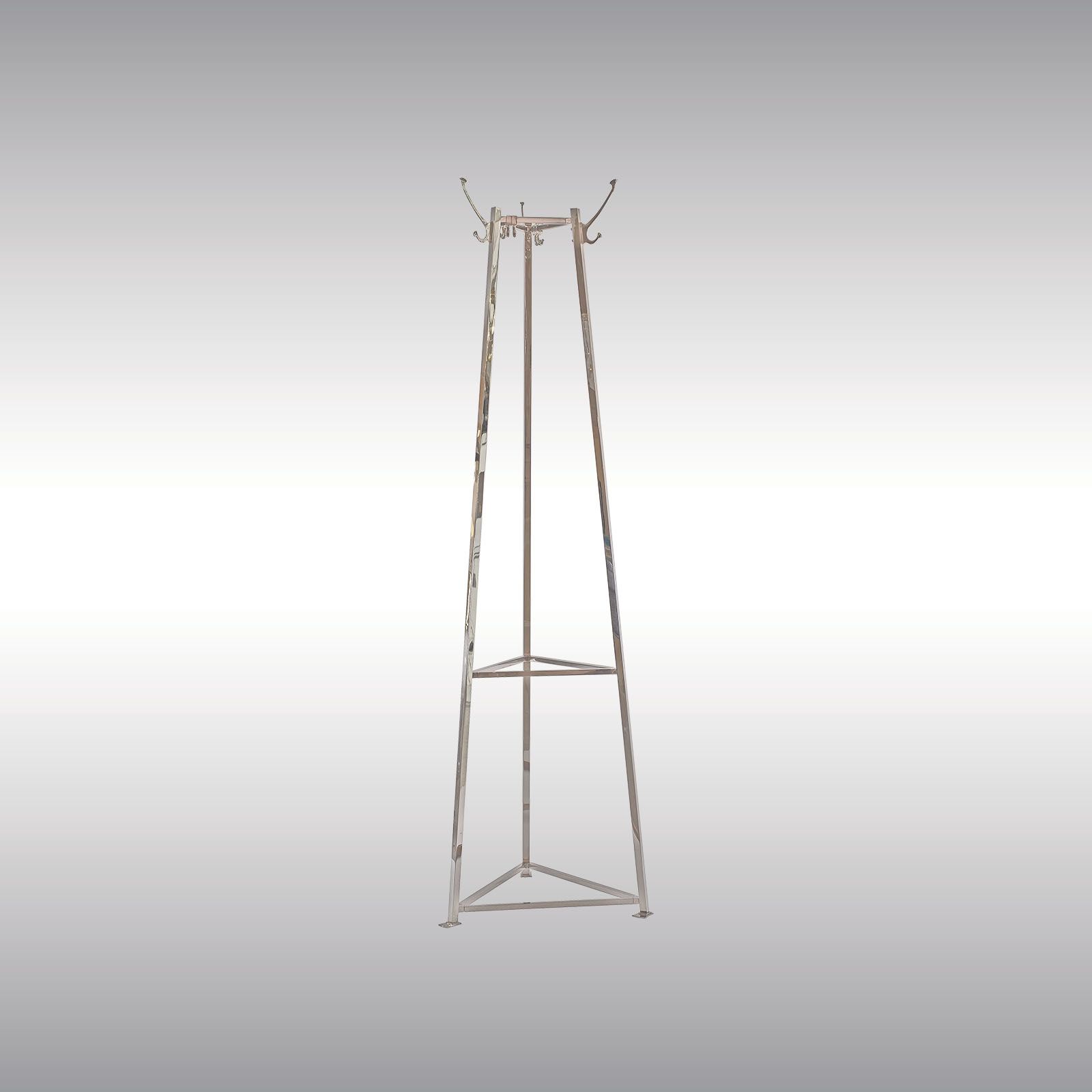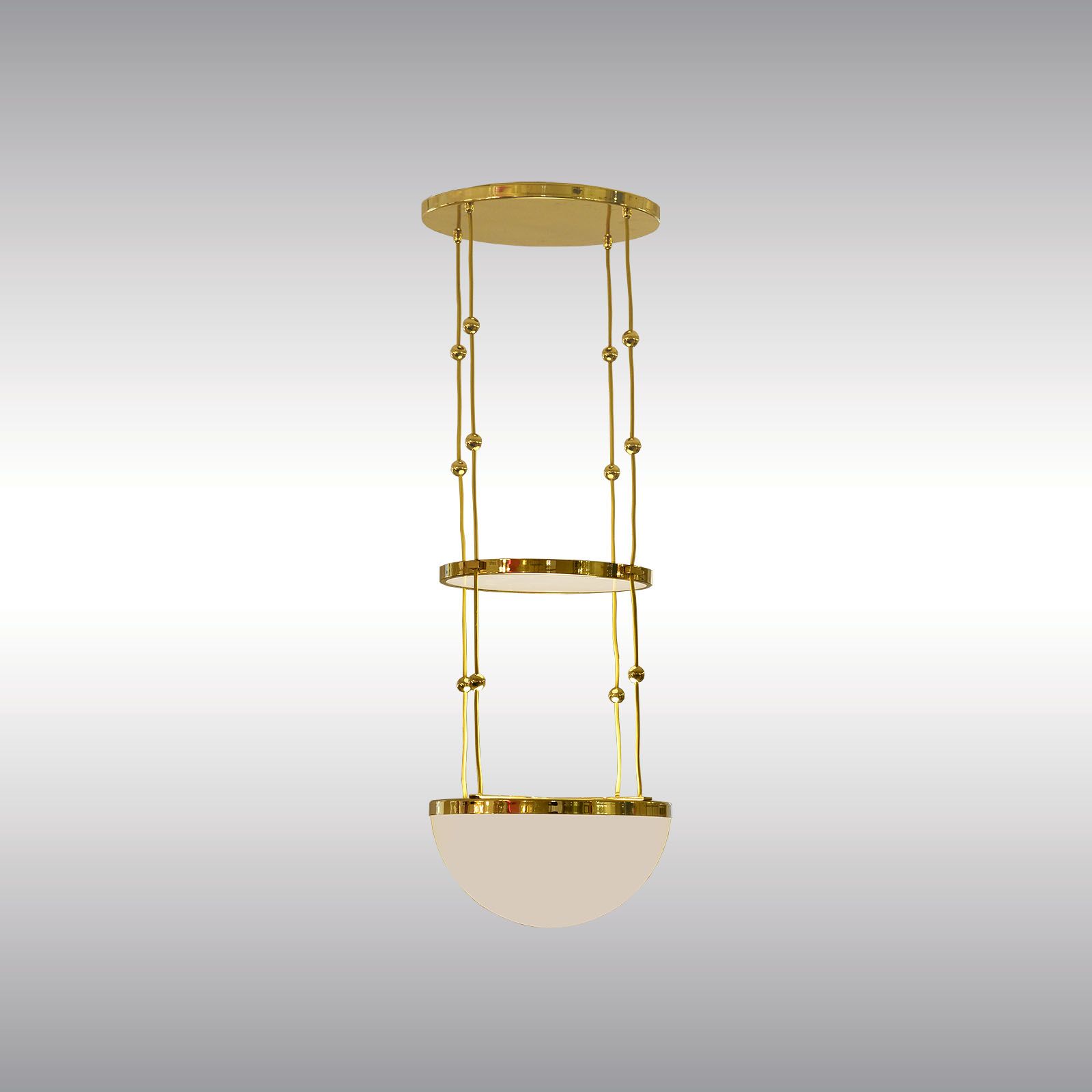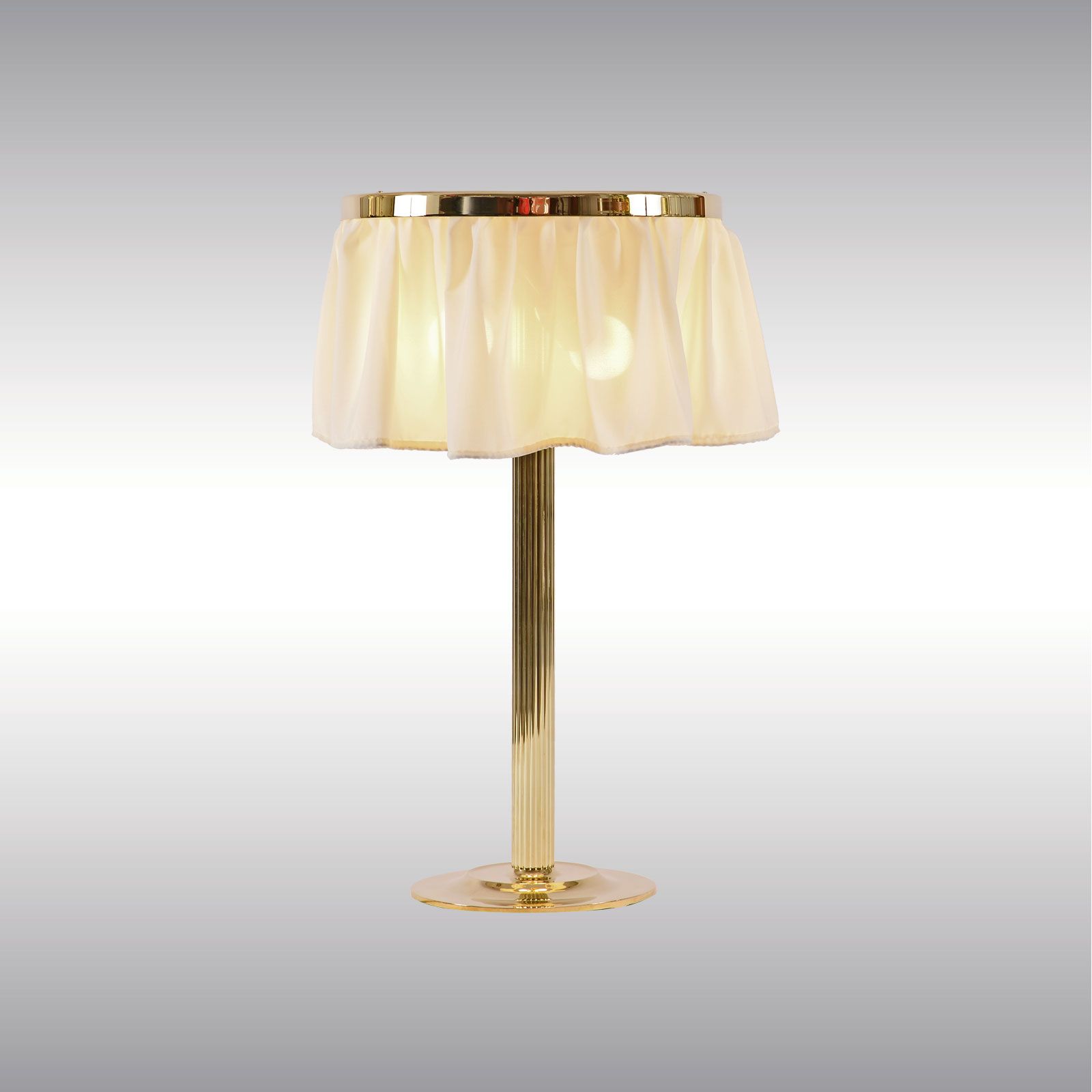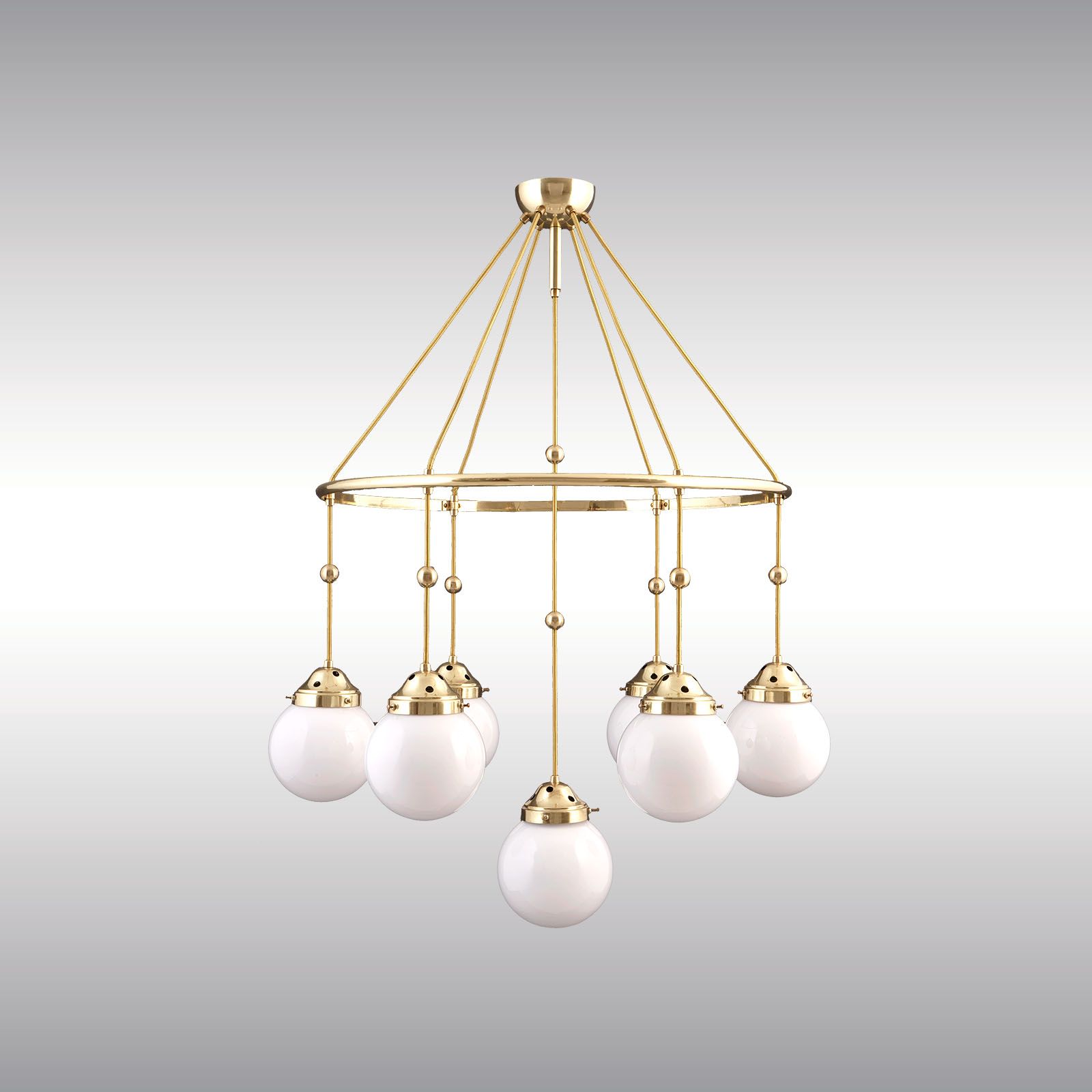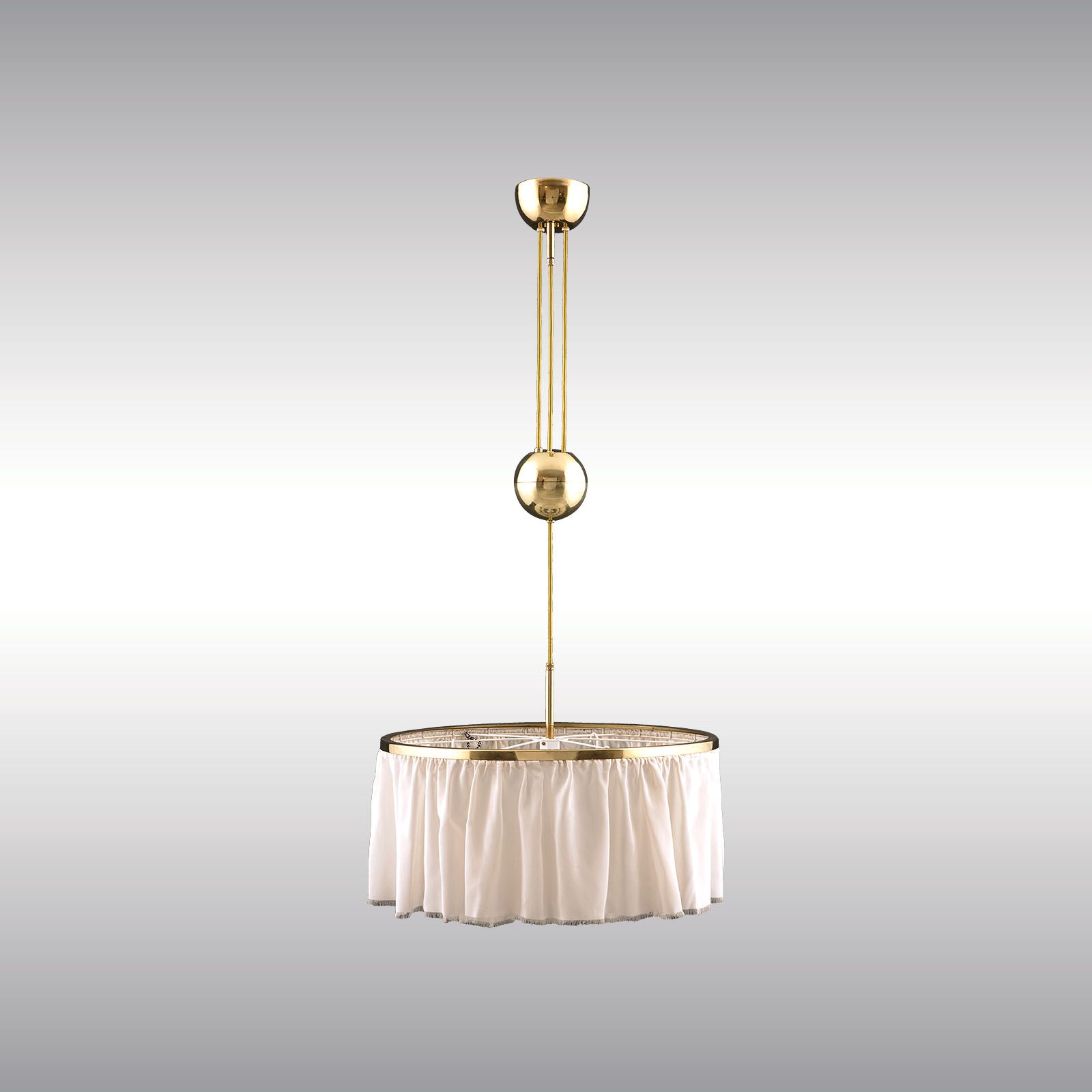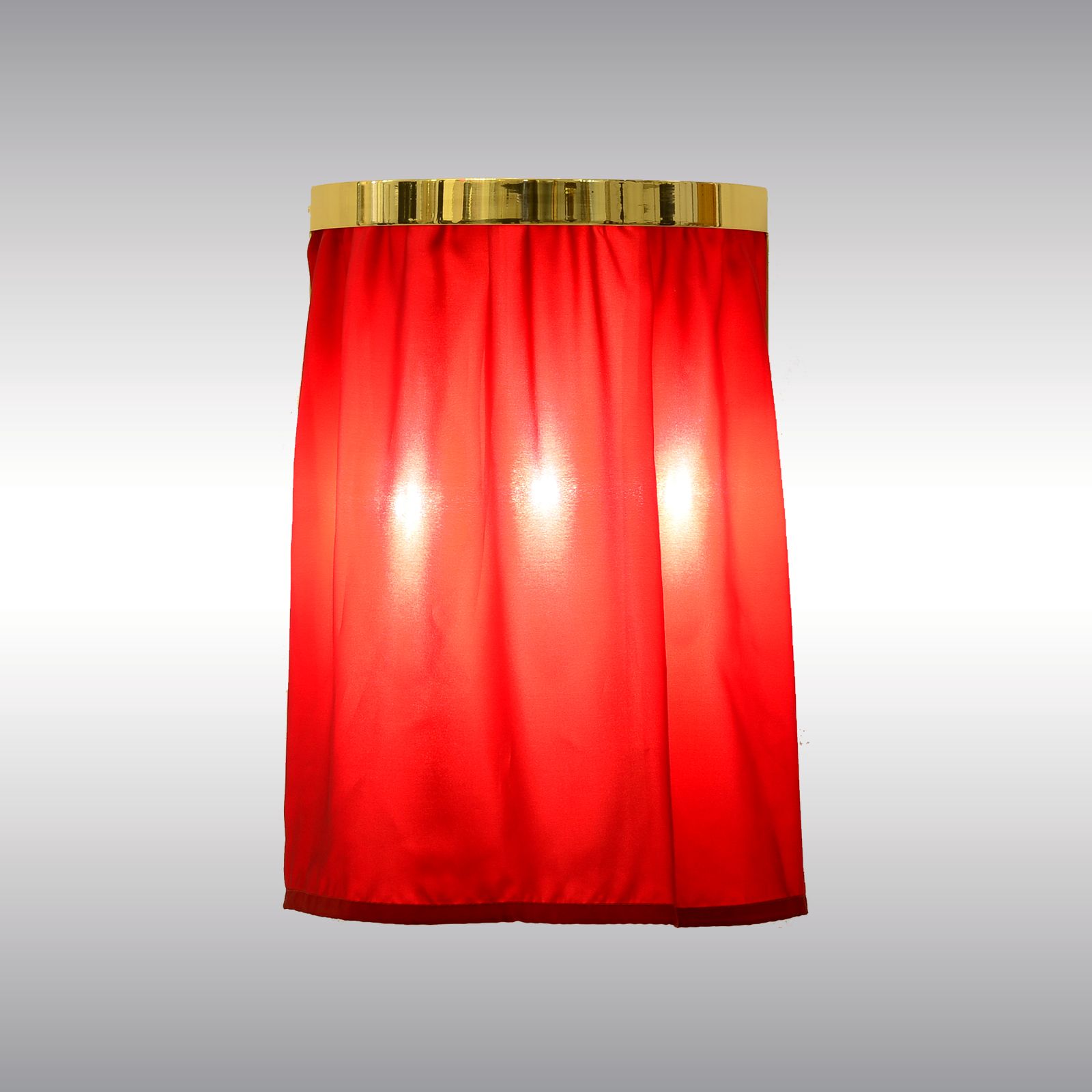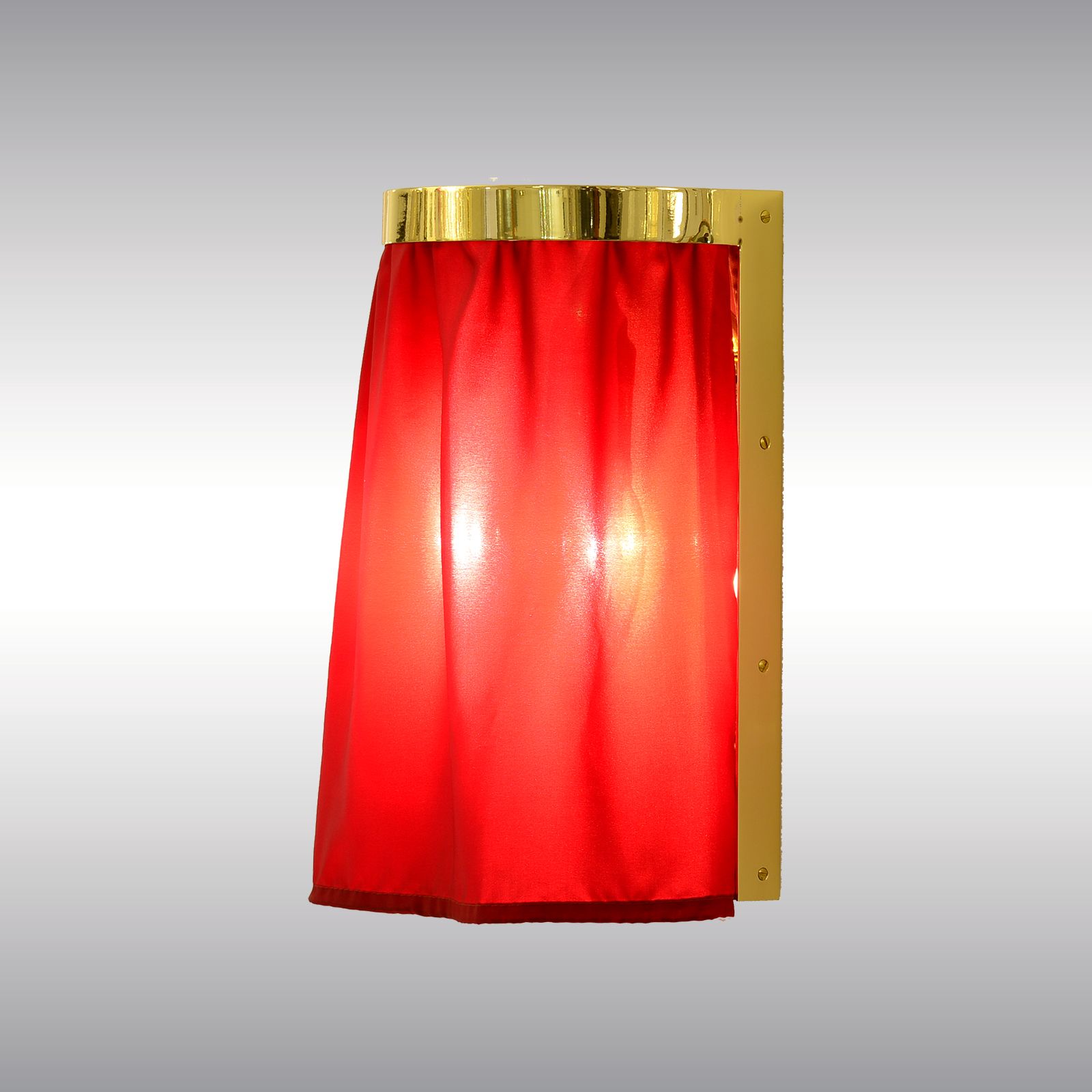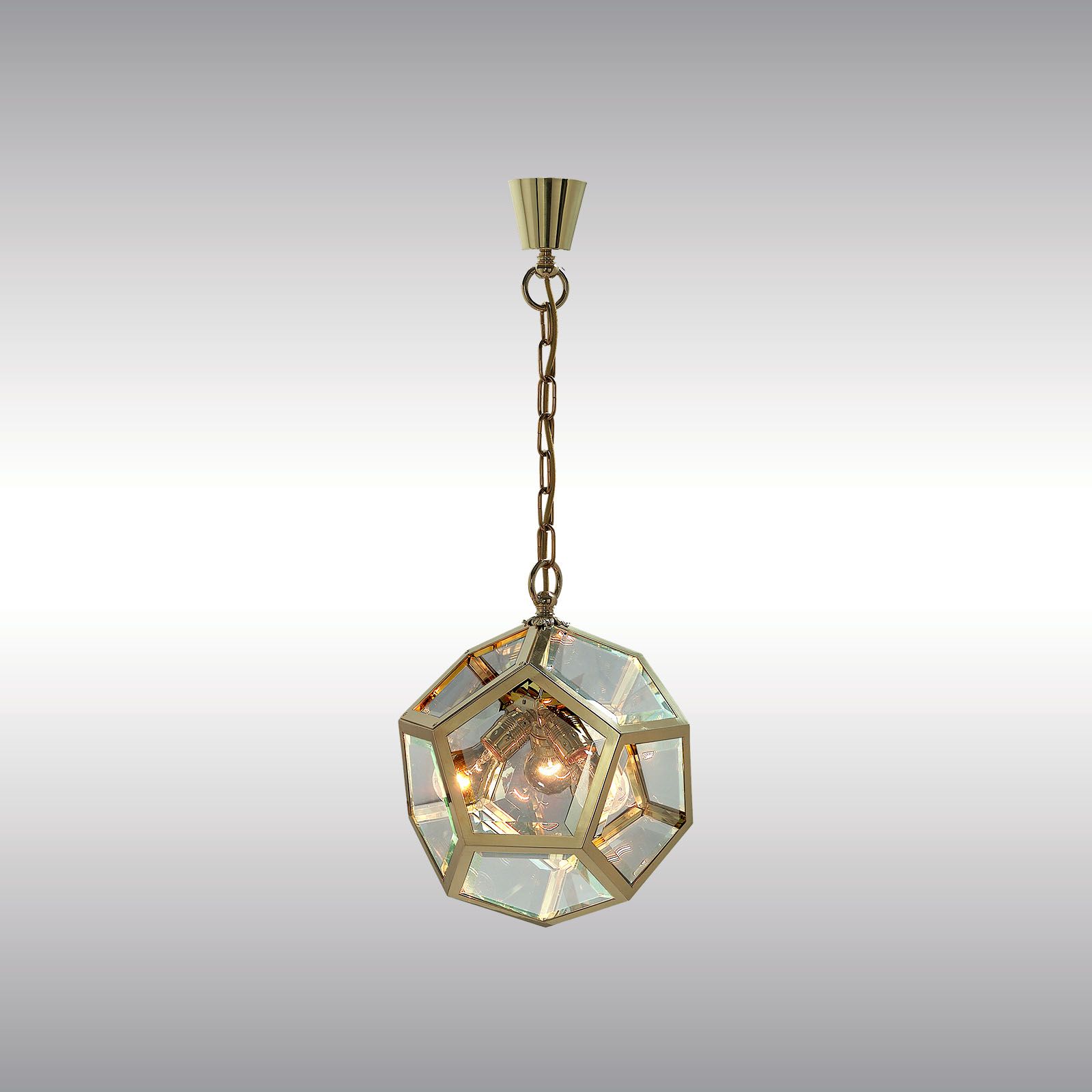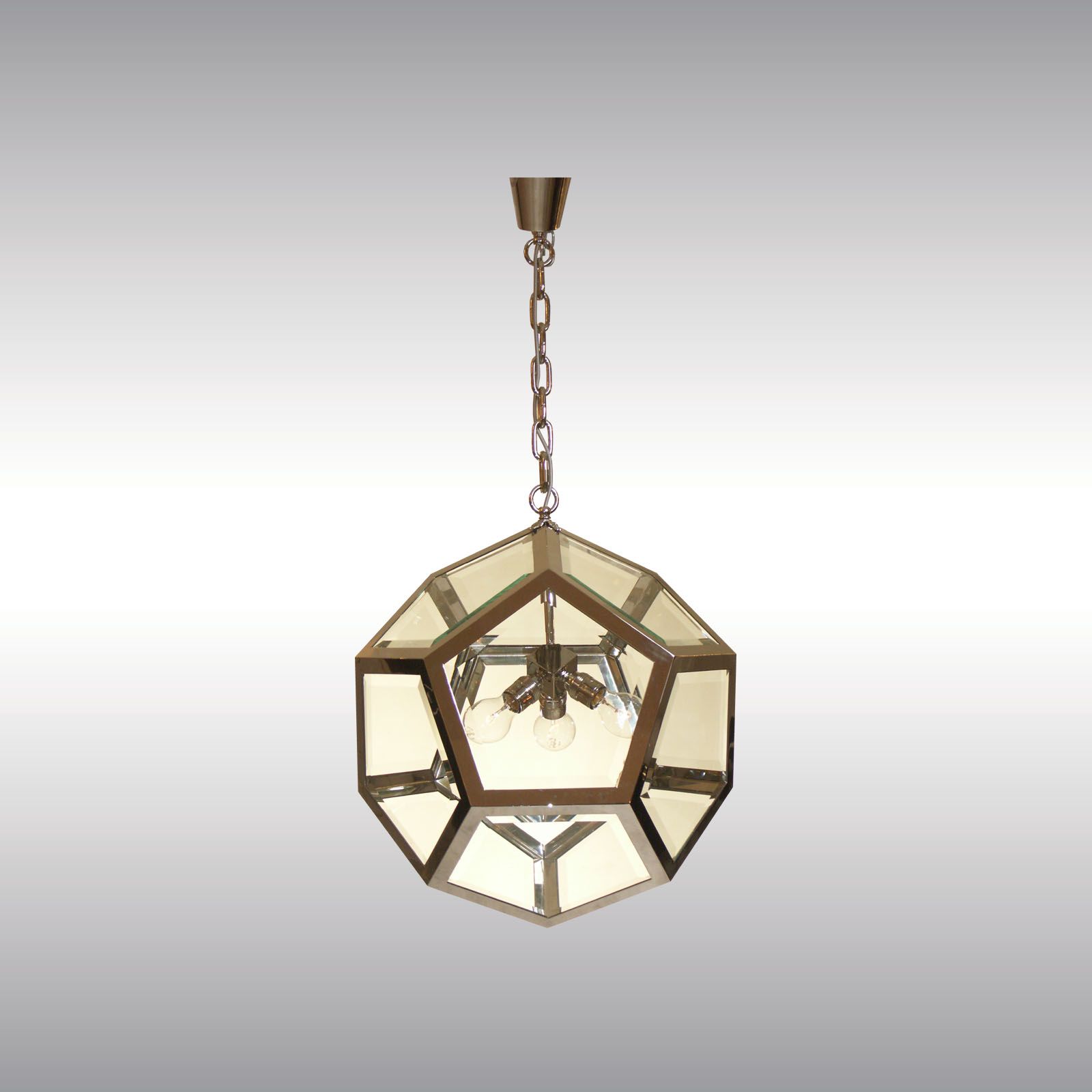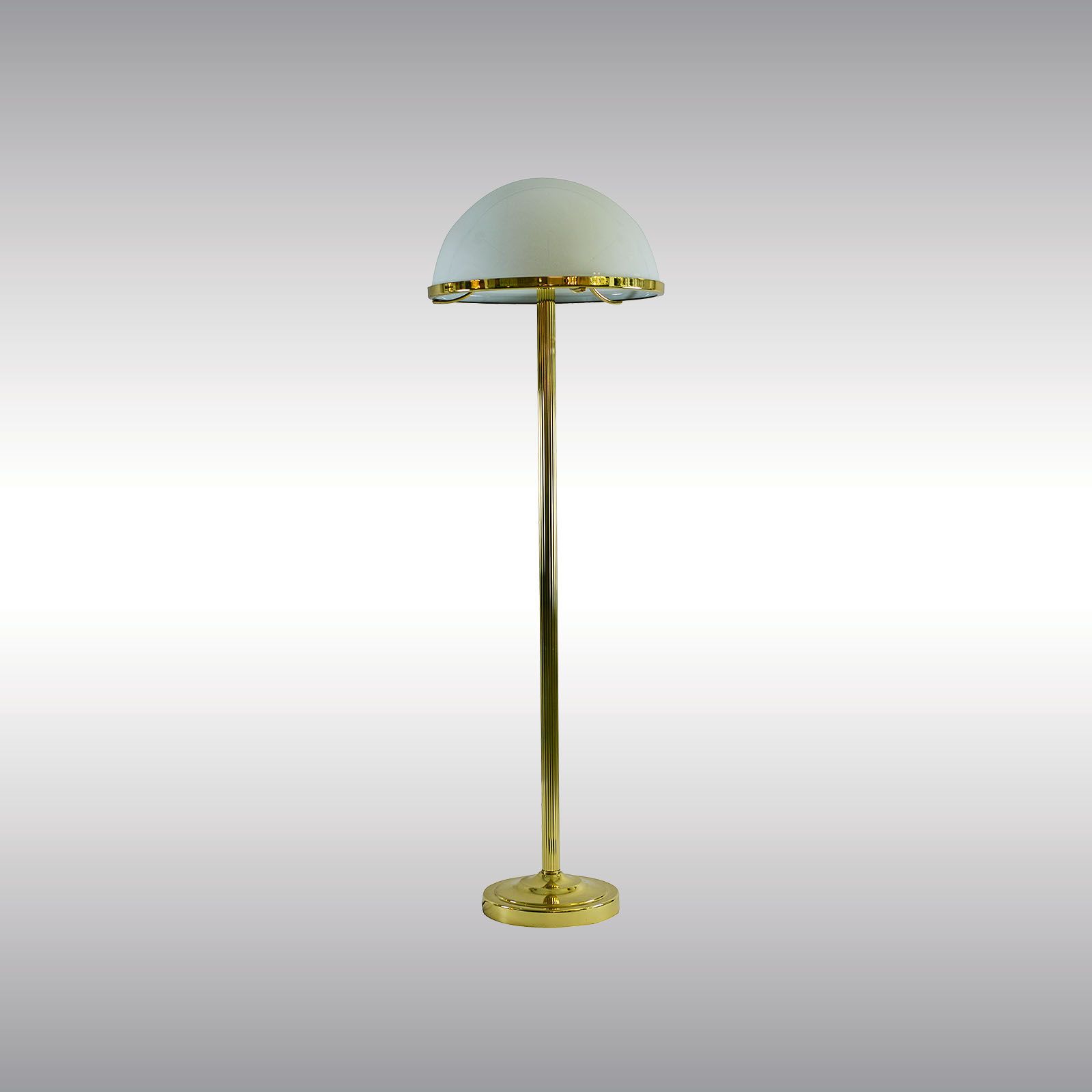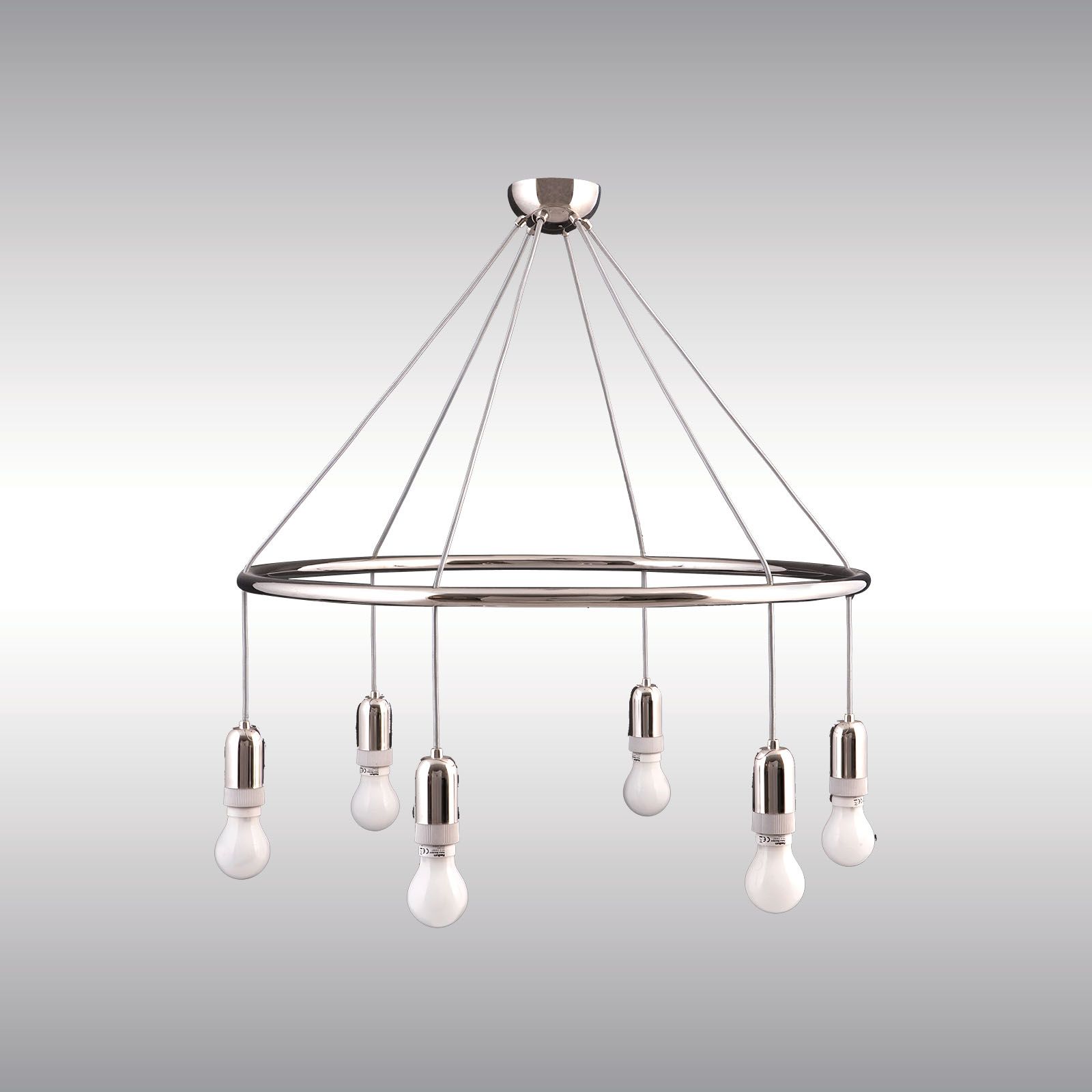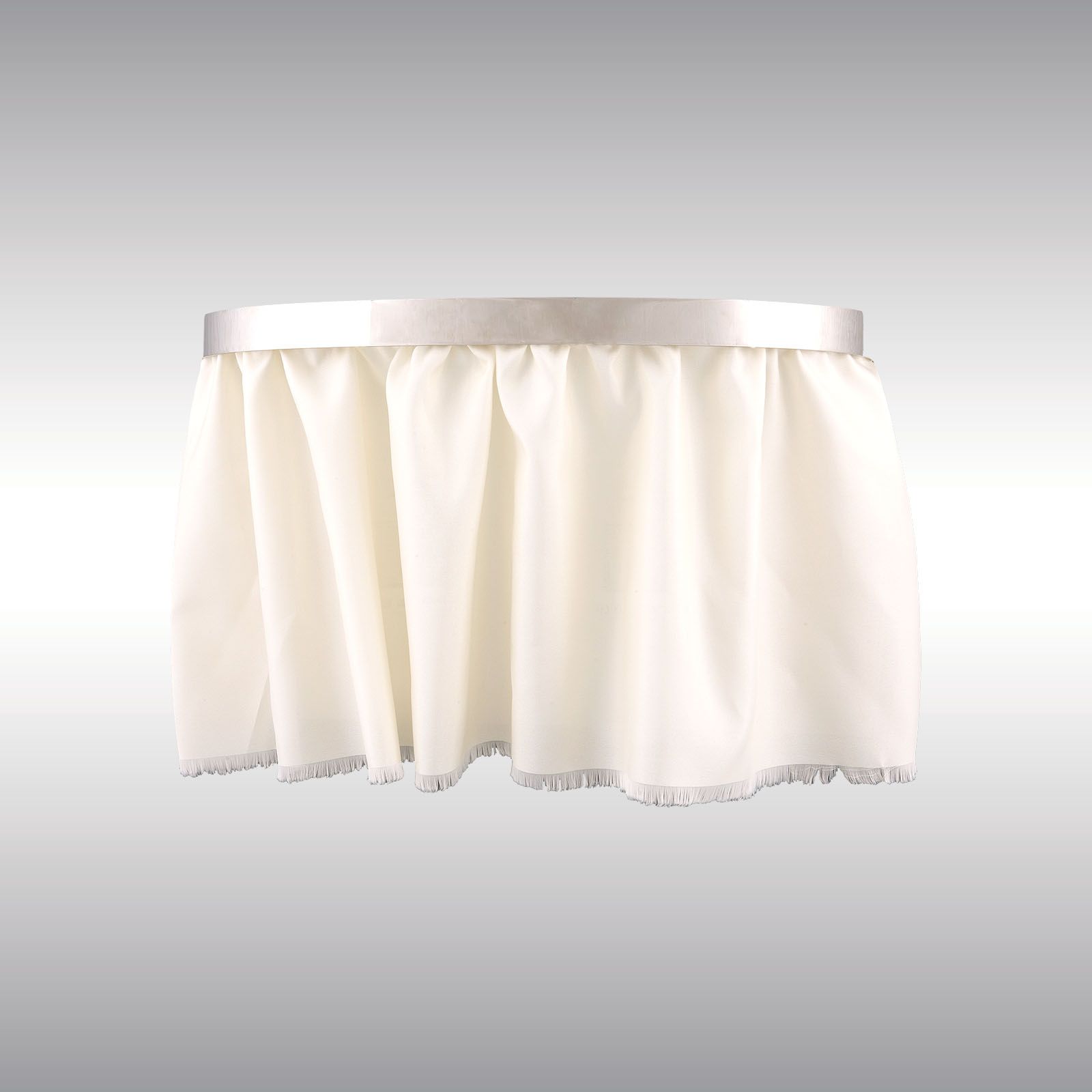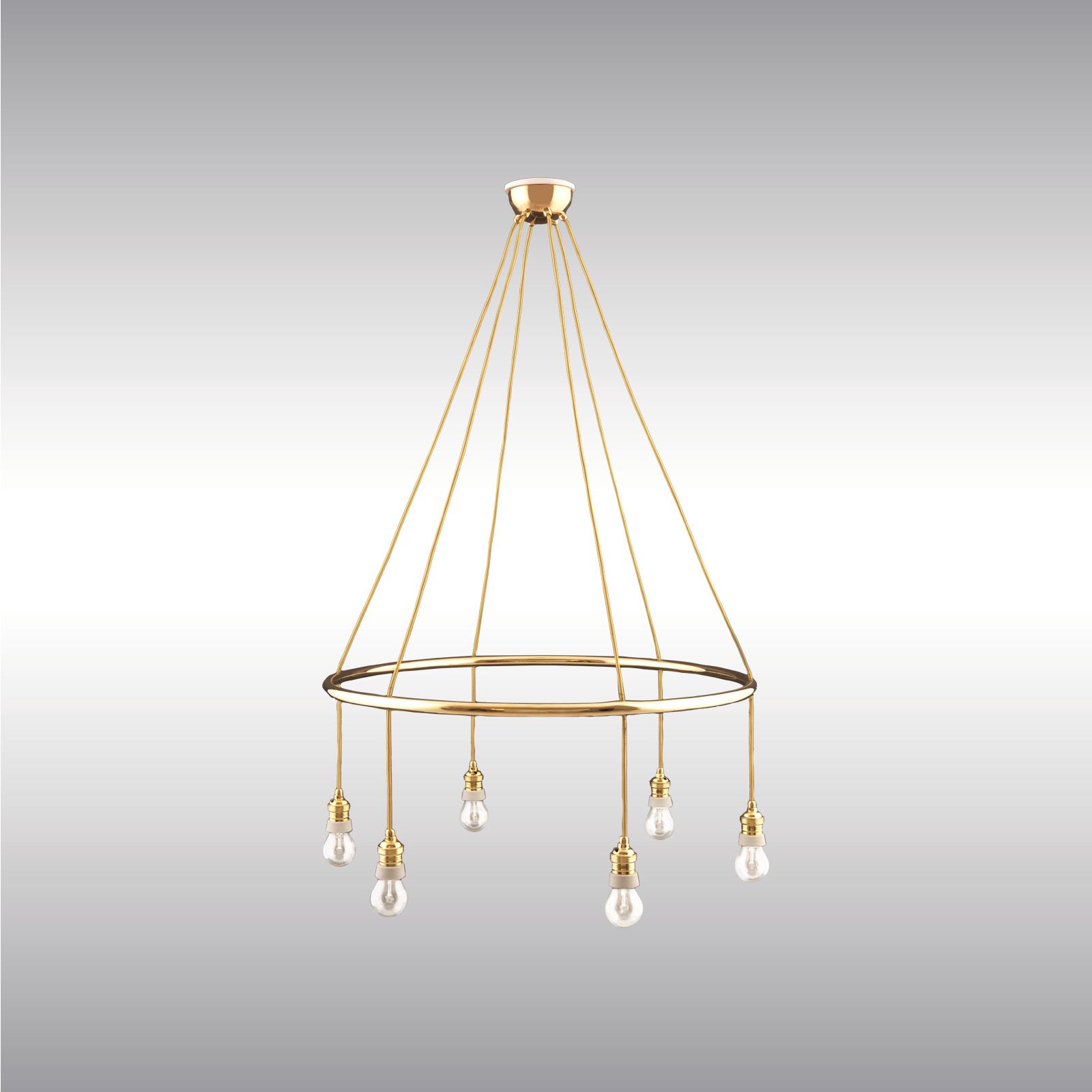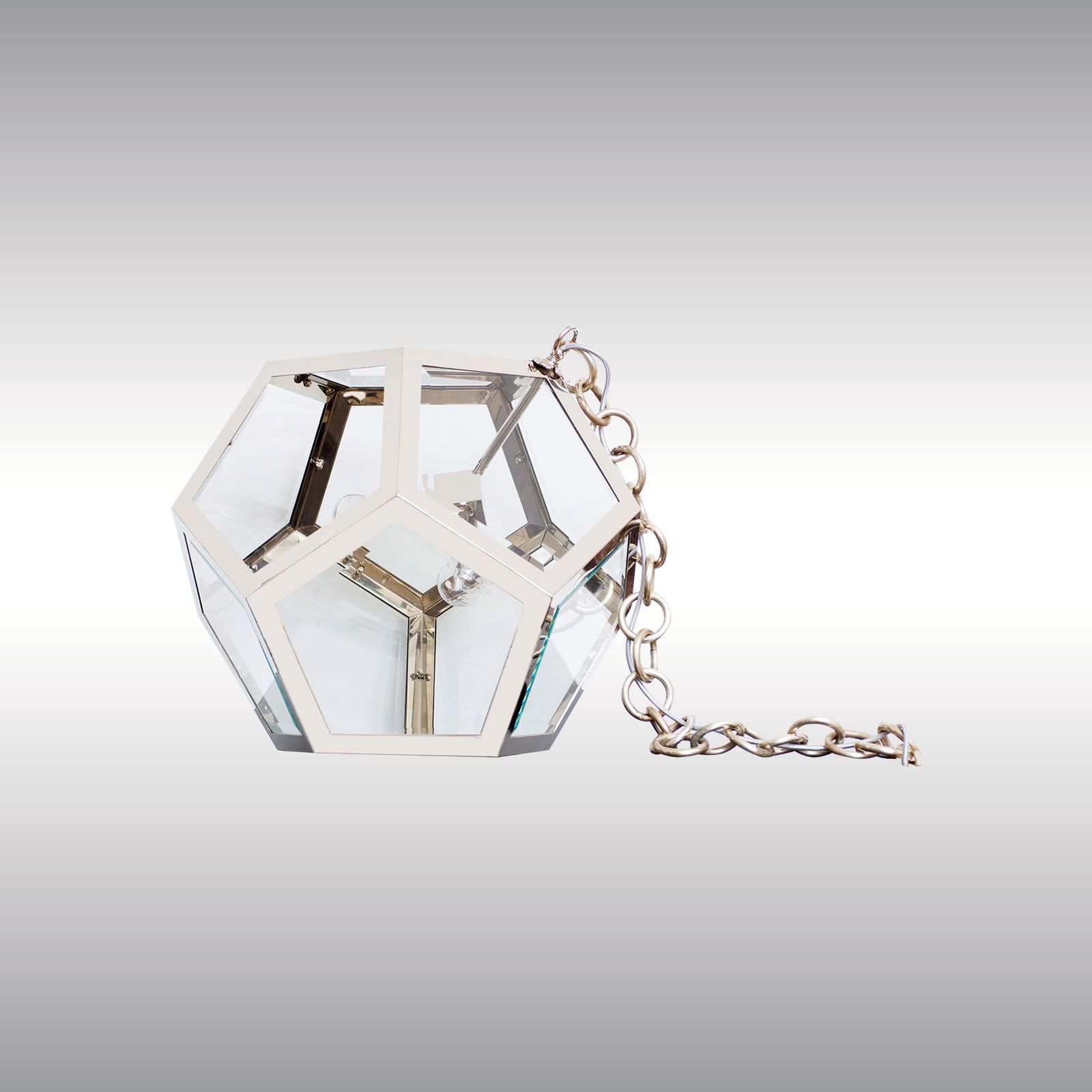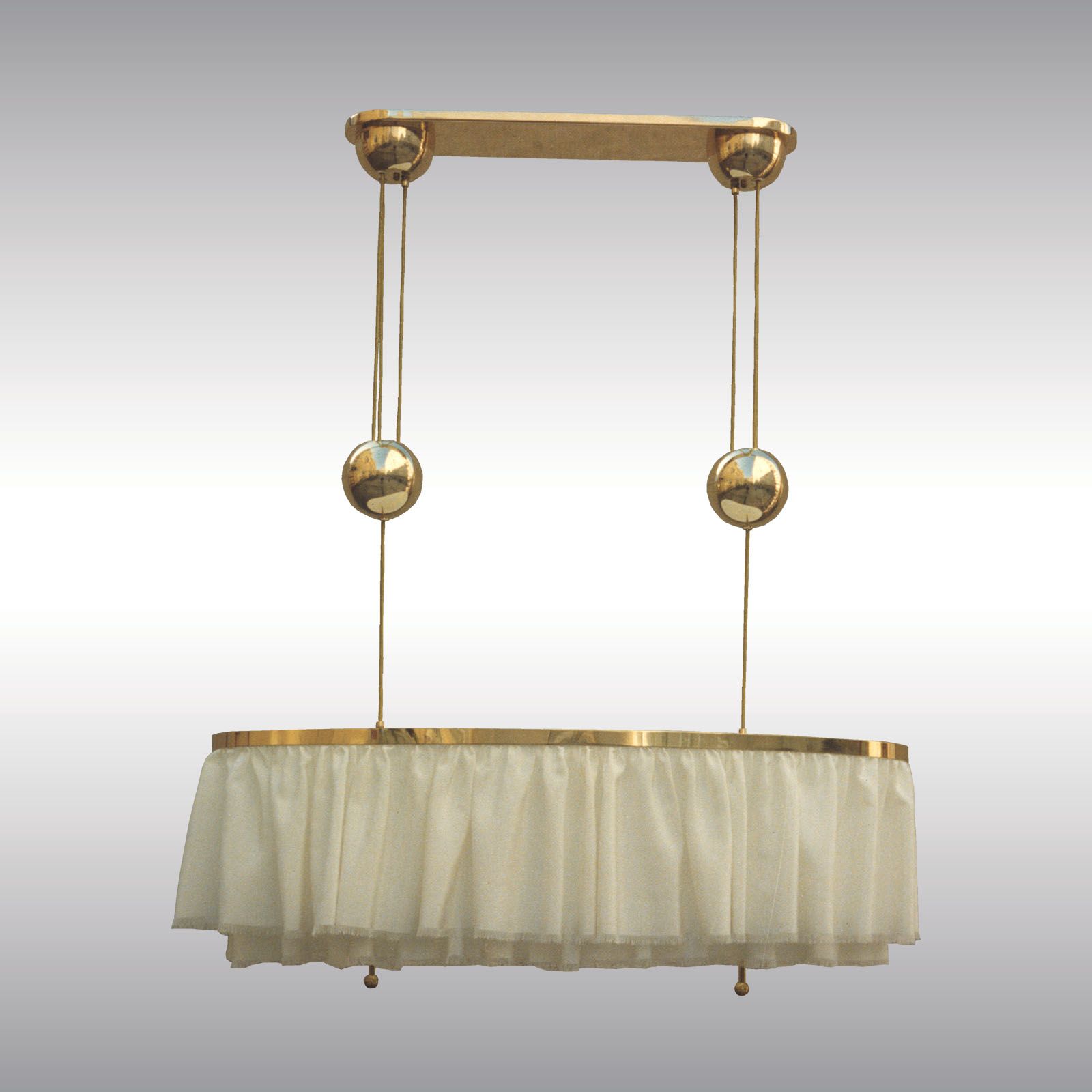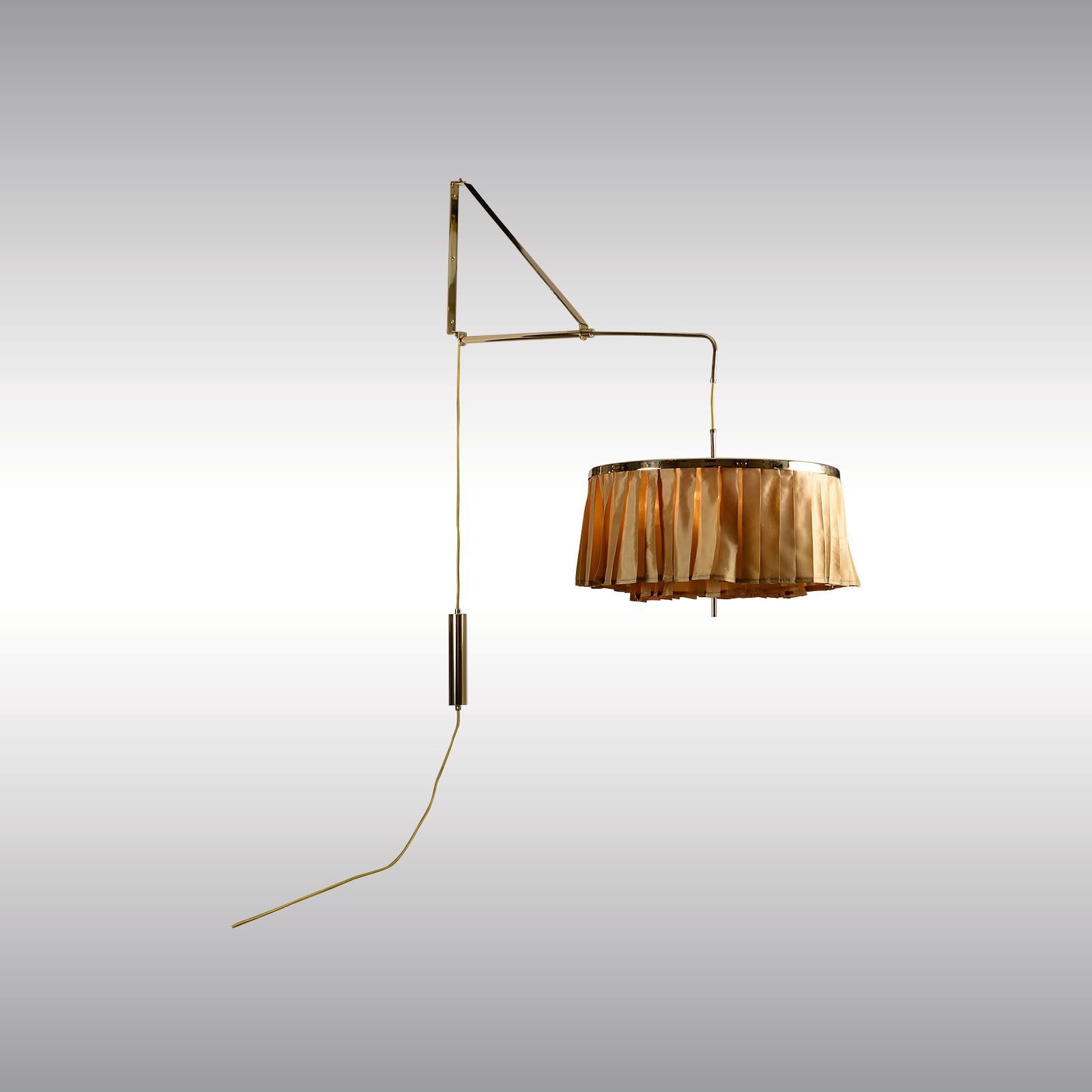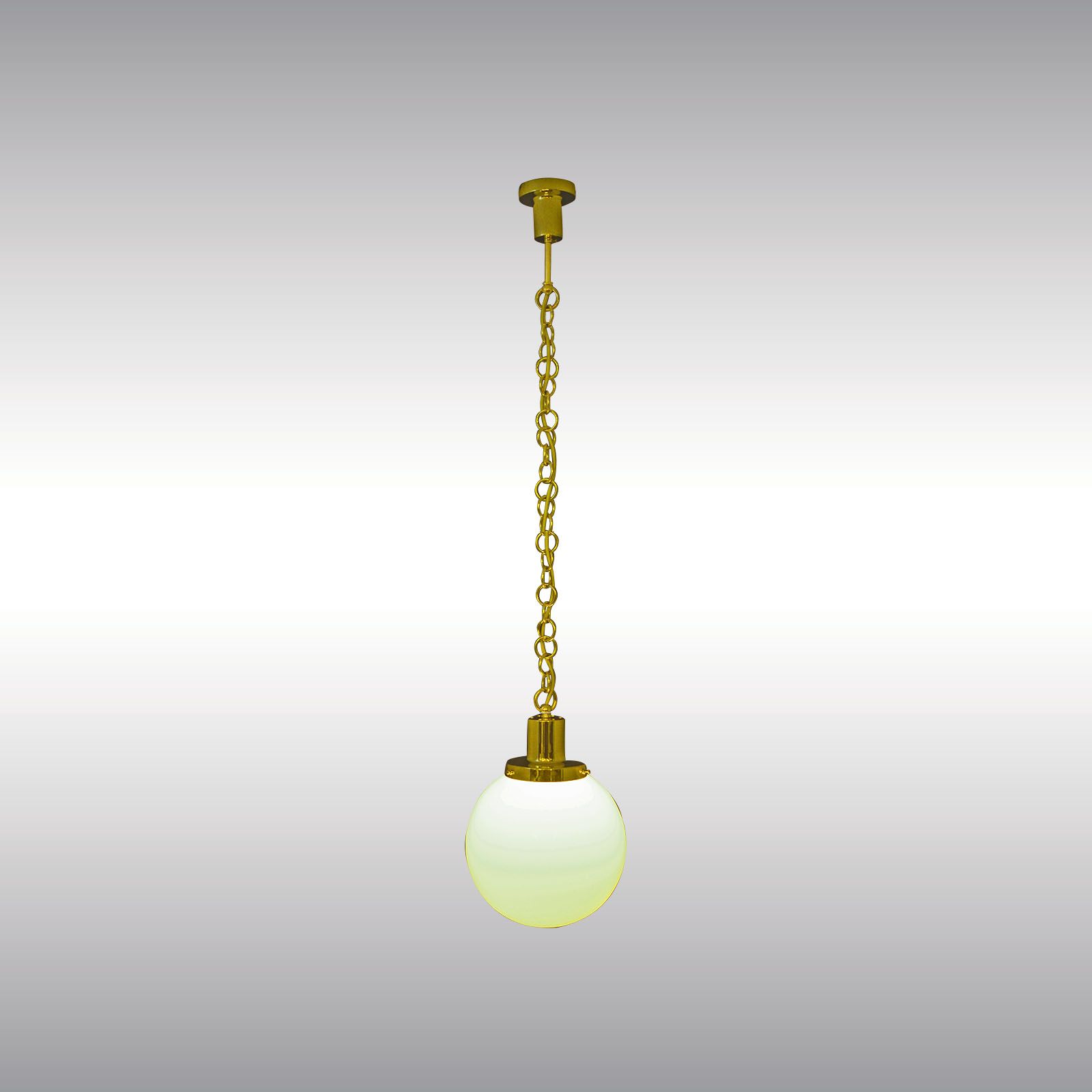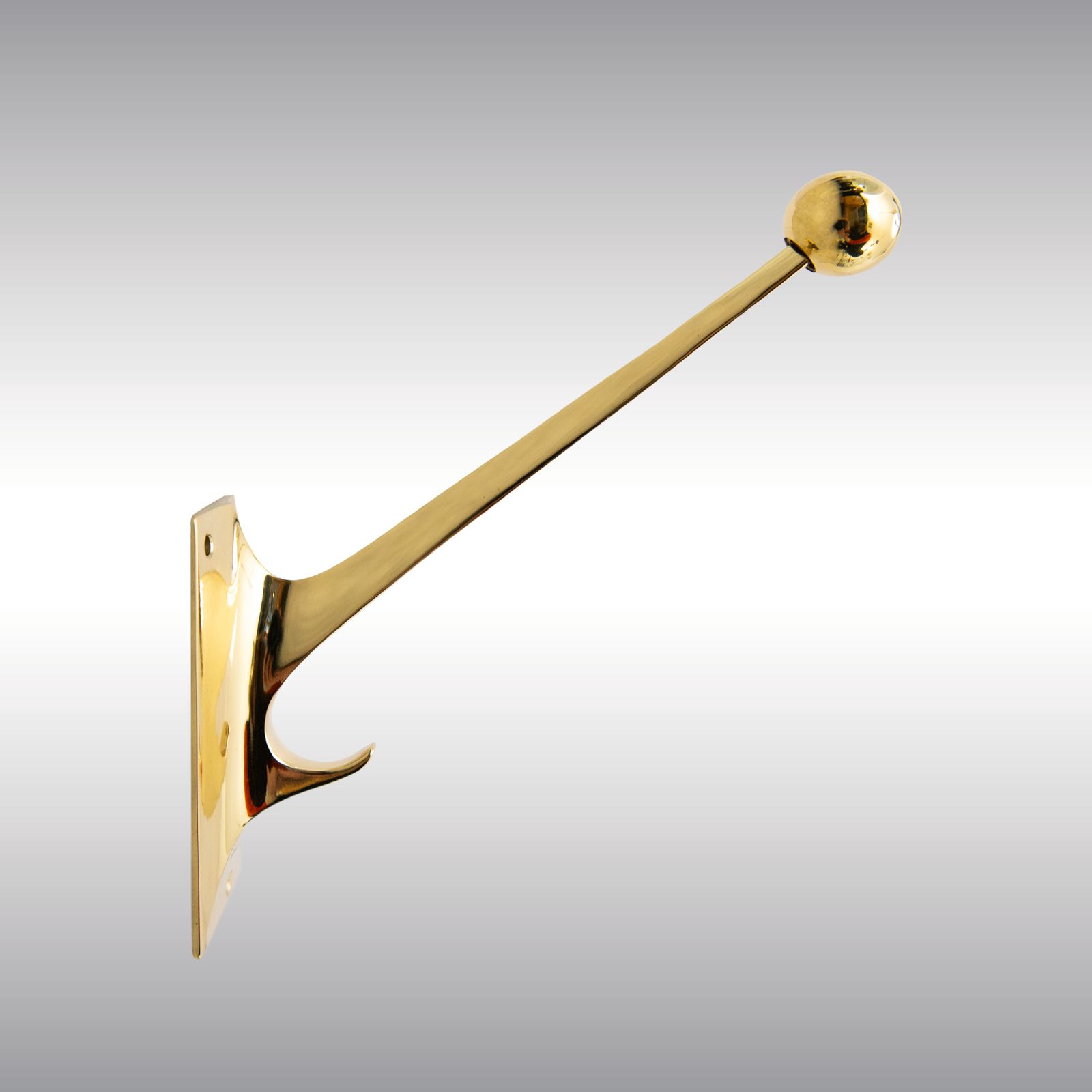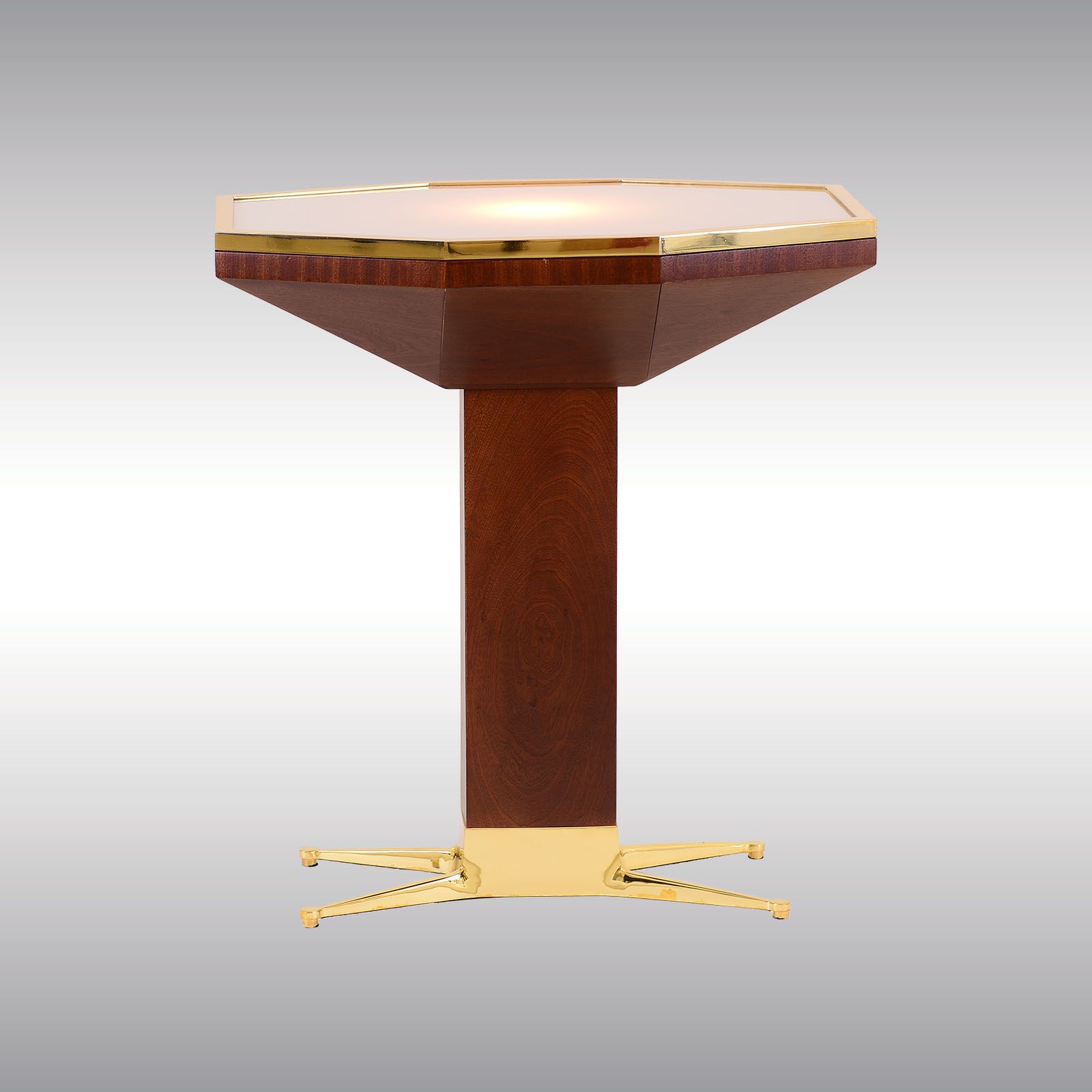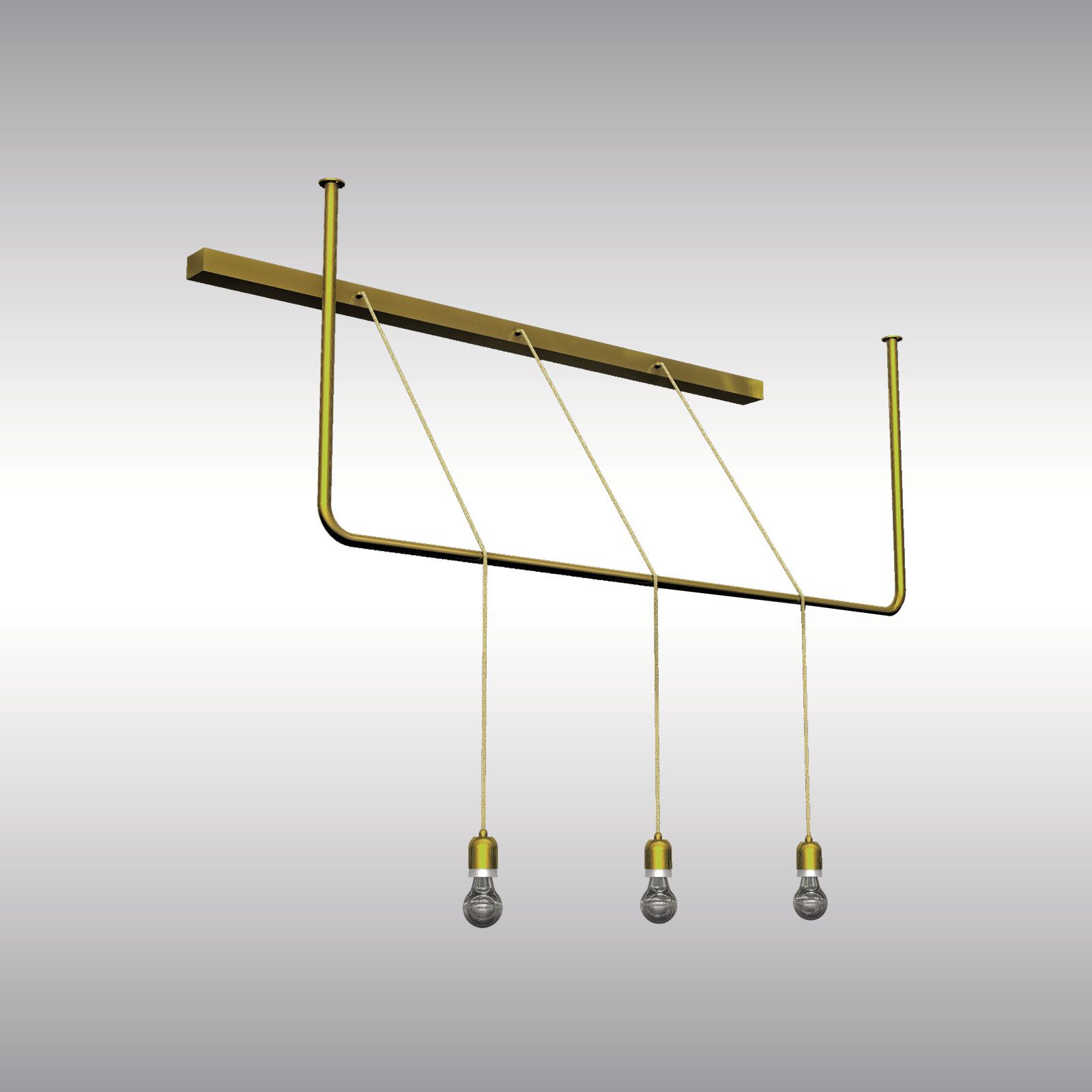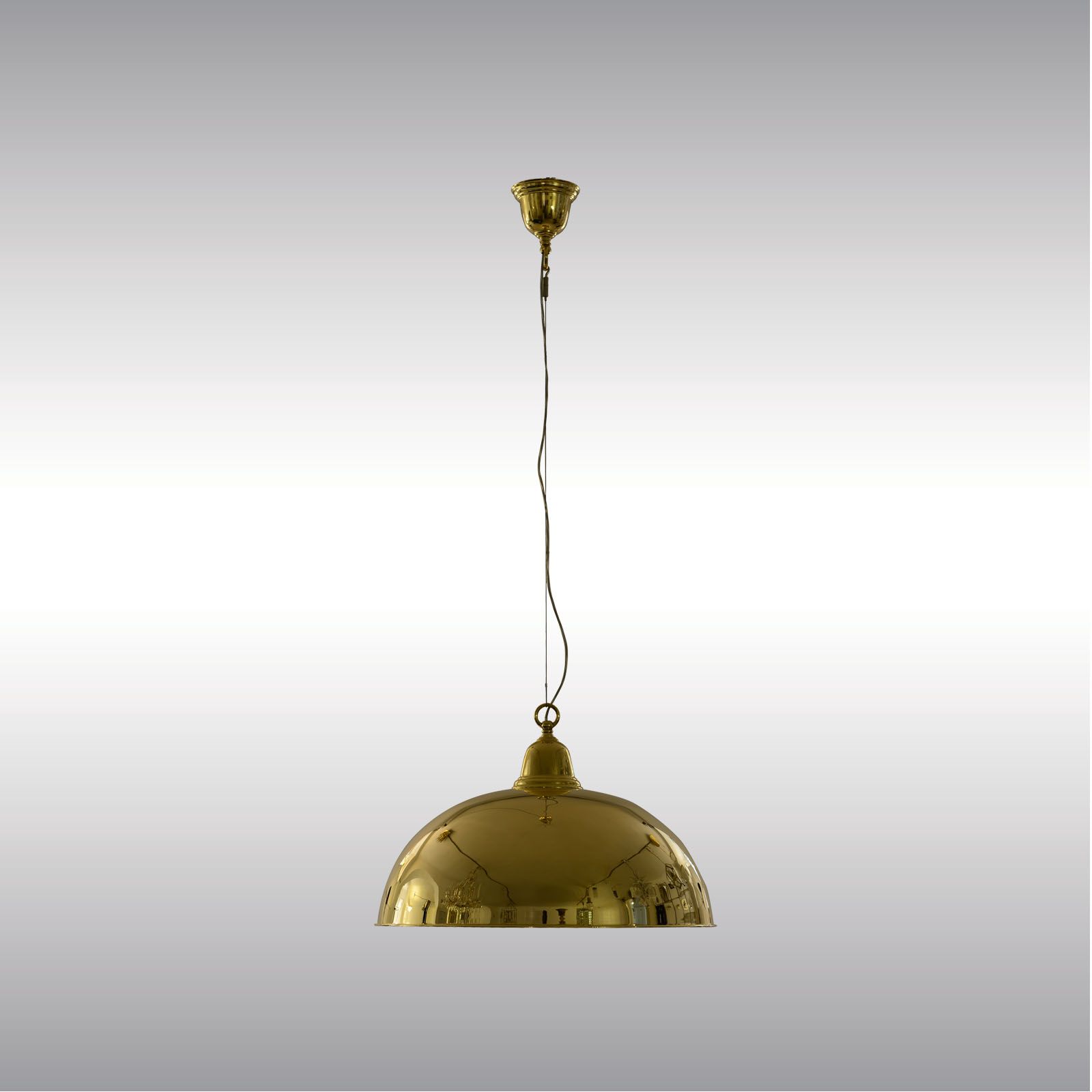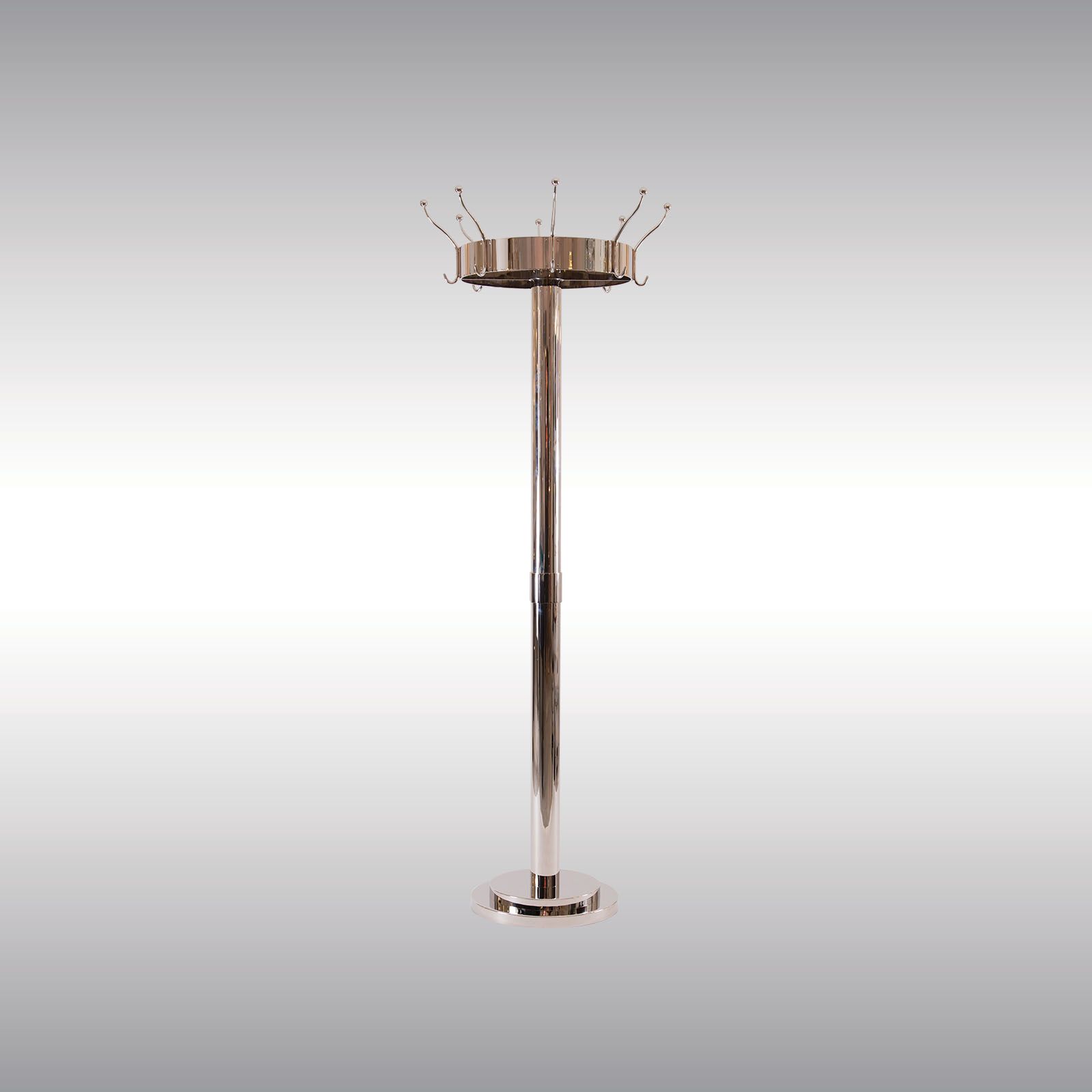ADOLF LOOS has a special place in Viennese and, hence, also in international architecture.
Loos attended the Staatsgewerbeschule in Reichenberg before he began his studies at the Technical College in Dresden. After this time he spent three years in the United States. 1896 he returned to Europe and settled down in Vienna.
To him architecture was an important means of providing people with the possibility of an up - to - date, that is to say a truly modern life style, rather than being an isolated form of art.
Throughout his life, this so - called modernist was in opposition to Josef Hoffmann, whose formal variety of the later years he never ceased to castigate. As the maindifference between Adolf Loos and Josef Hoffmann can be regarded the strict distinction between art and craft of Loos. This can be regarded in contrast to the leveling of art and craft by Josef Hoffmann and the Wiener Werkstatte. The radical defence of his theories and his article "Die Potemkinsche Stadt" in a very polemic manner led to the final break with the leading architects of the Wiener Secession: Josef Hoffmann and Josef Maria Olbrich.
Thanks to his theory ("Ornament and Crime") and the philosophy of life "built" in five countries, Adolf Loos became the foremost personality in European architecture.
Loos believed in the future of industrialisation, that he had seen on his travels in America, because he was convinced, that it was here, that the future linked up with the past. In that way he felt that one simple machine was also the purest example of design because its form and its function, for him, were equivalent.
Loos's buildings were less pleasing to the Viennese public of the turn of the century than the ornamented and rich ones of Josef Hoffmann and the Wiener Werkstatte and because of this his career lacked the official recognition and appreciation.
Loos obtained a certain recognition with the redesign of the Café Museum in Vienna, the coffeebar later was given the nickname "Café Nihilismus" because of its reduction of form and simplicity. Many of Loos's commissions consisted of private residental buildings in Vienna's outlying districts, or interiors of stores, such as the Ebenstein and Knize tailoring establishment, or the small "American Bar" in the heart of Vienna. Though small dimensions, the room seems much bigger, constructed with panels of mirror.
The so-called "house without eyebrows", the Looshaus in the city of Vienna can be regarded as one of the most important among the buildings of Adolf Loos. It was errected for the firm Goldman and Salatsch between 1909-1911. The facade reflects the separation between the store on the first floors and the apartment units in the upper floors. Whereas the lower section of the building was splendid and gorgeous (cipollino-marble and classical columns), the upper portion was constructed in an austere manner. The windows are constructed without any window frame, this fact can be regarded as the reason for the special nickname.
1922 Adolf Loos moved to Paris. He gave lectures at the Sorbonne and constructed house and atelier for the dadaist Tristan Tzara.
1928 he designed a corner house for Josephine Baker with panels of black and white marble in stripes but the project was not realised. Important buildings of his later years were Haus Moller in Vienna and Haus Müller in Prague, both fascinate because of the tension between precious material and austere manner.
Works in chronological order:
Tailorshop Ebenstein Vienna Austria 1897, Gedächtniskirche St.Elisabeth Vienna Austria, Theater für 4000 personen Vienna Austria, Herrenmodesalon Goldman & Salatsch Vienna Austria 1903, Haberfeld Vienna Austria 1899, Café Museum Vienna Austria 1899, Turnowsky Vienna Austria 1900, Wiener frauen-club Vienna Austria 1900, House in Brünn Brünn Czech 1900, Wechselstube Czjzek Vienna Austria, Leopold Langer Vienna Austria 1903, Sobotka Vienna Austria 1904, His own apartment Vienna Austria 1903, Villa Karma Vevey Switzerland 1906, Elisa Reitler Vienna Austria 1903, Sangata Clarens Switzerland, Allgemeine verkehrsbank Vienna Austria, Weiss Vienna Austria 1904, Aufricht Vienna Austria 1905, Branch Allgemeine Verkehrsbank Vienna Austria 1904 Villa Chance Vevey Switzerland 1906 Berg house Lausanne Switzerland Kraus Vienna Austria 1905 Theater für 4000 II Vienna Austria Dr. Schwartzwald Vienna Austria 1905 Schmuckfedergeschäft Steiner Vienna Austria 1907 Kärntnerbar Vienna Austria 1908 Looshaus Vienna Austria 1911 Knize Vienna Austria 1913 Doppelhalle Villa Steiner Vienna Austria 1910 Stoessel Vienna Austria 1912 Horner Vienna Austria 1912 Scheu Vienna Austria 1913 Bauleitungshütte Semmering Austria Buchhandlung Manz Vienna Austria 1912 Direktorsvilla Rorbach Czech 1918 Anglo-Österreichische Bank II Vienna Austria 1914 Duschnitz Vienna Austria 1916 Rorbacher Zuckerfabriek Rorbach Czech 1916 Haus mit Rundturm Mandl Vienna Austria 1916 Villa Sapieha Olomütz Czech Strasser Vienna Austria 1919 Terrassenvilla Villa Konstandt Olomütz Slovakia Villa mit Runden Erkern Apartments near Modenapark Vienna Austria Heuberg-siedlung Vienna Austria 1923 Doppelatrium Vienna Austria Palace in Vienna Vienna Austria Palace Bronner Vienna Austria Siedlunghauser Vienna Austria Rufer Vienna Austria 1922 Reitler Vienna Austria 1922 Steiner Vienna Astria Strosz Vienna Austria Landhaus des Arztes Dr H. Gastein, near Saltzburg Austria Twenty villa's Côte d'Azure France Villa Verdier aan de Riviera Le Lavandou France Villa Moissi Lido di Venetia Italy Lancia Kleinwohnungshaus Vienna Austria Winarskyhof (Otto Haas hof) Vienna Austria 1923 Spanner Rotes Mäuerl Austria 1924 Villa Plesch Croissy-sur-Seine France Haus mit drei Dachterrassen Simon Vienna Austria Tristan Tzara Paris France 1926 Rosenberg Paris France Terrassenwoning Paris France Villa Josephine Baker Paris France Villa Moller Vienna Austria 1928 Brummel Pilsen Czech 1929 Villa Müller Prague Czech 1930 Landhaus Paul Khuner Payerbach Austria 1930 Bojko Vienna Austria Würfelhaus Gärtnerhaus Khuner Kreuzberg Austria 1930 Vogel Pilsen Czech 1929 Haus Victor Ritter von Bauer Brno Czech 1930 Sanatorium Esplanade Karlsbad Czech 1931 Einfamilienhaus Vienna Austria Siedlungs-Doppelhaus Vienna Austria 1932 Lobmeyr Glasservice Vienna Austria 1931 Kleinwohnungshaus Prague Czech Semler Pilsen Czech 1932 Villa Winternitz Praag-Smichof Czech 1932 Einfamilien-Doppelhaus Vienna Austria Jordan Brno Czech Dr Fleischner Haïfa Israël Babi Nachod Czech 1931 Ordination Dr Teichner Pilsen Czech 1931 Das letzte Haus (first model) Prague Czech Das letzte Haus (second model) Prague Czech
Adolf Loos died in 1933.
Foto: Karolinsky-Archive
